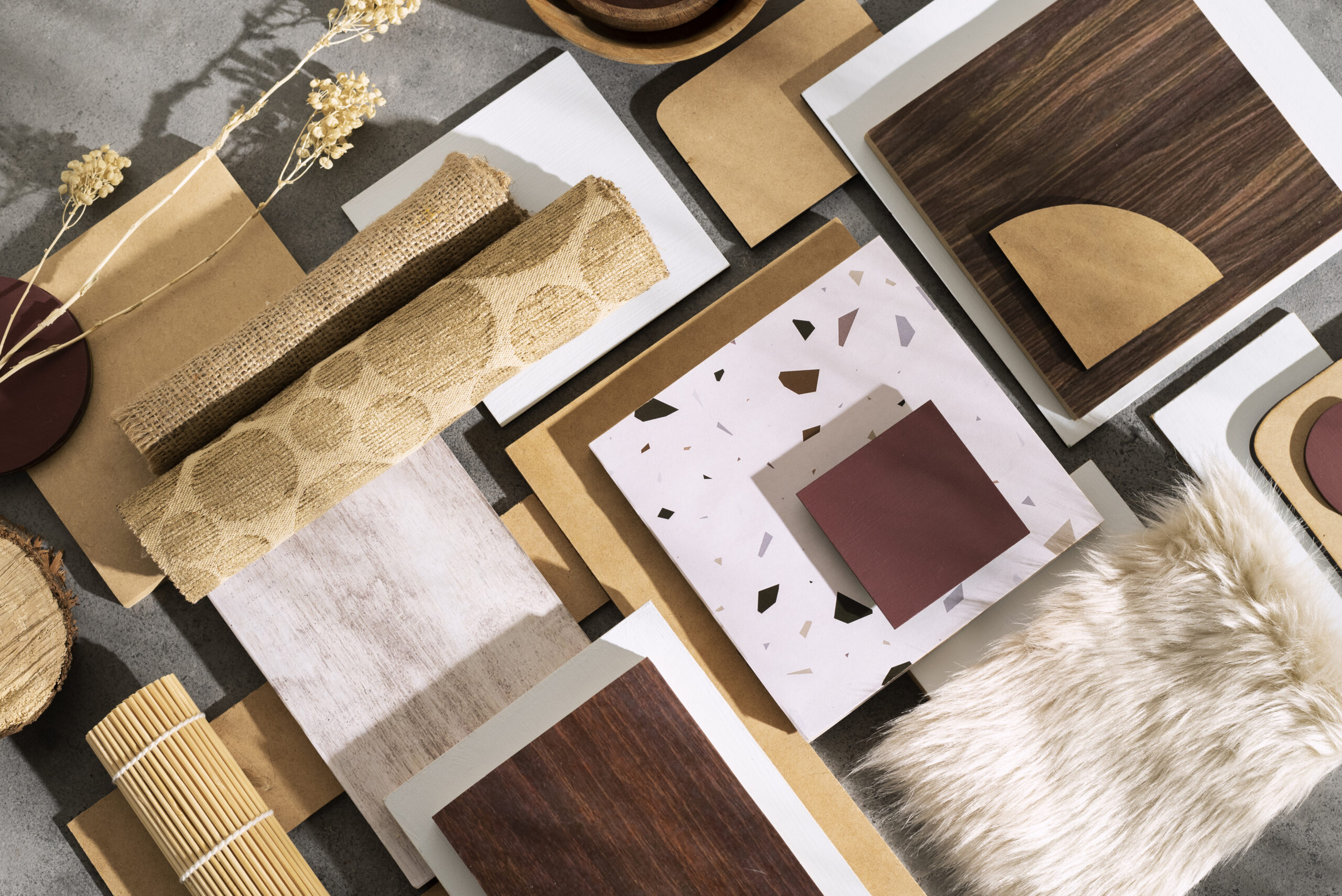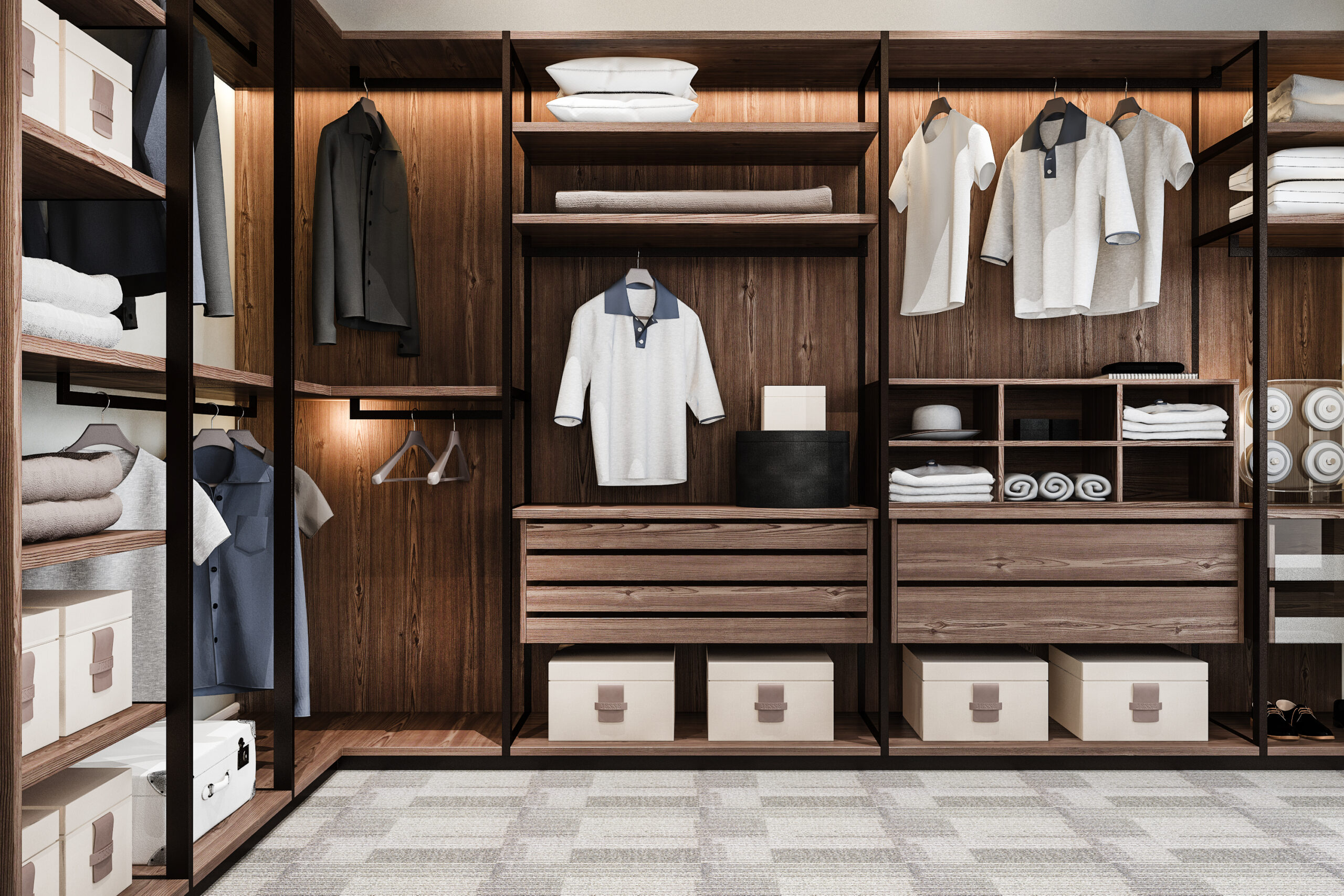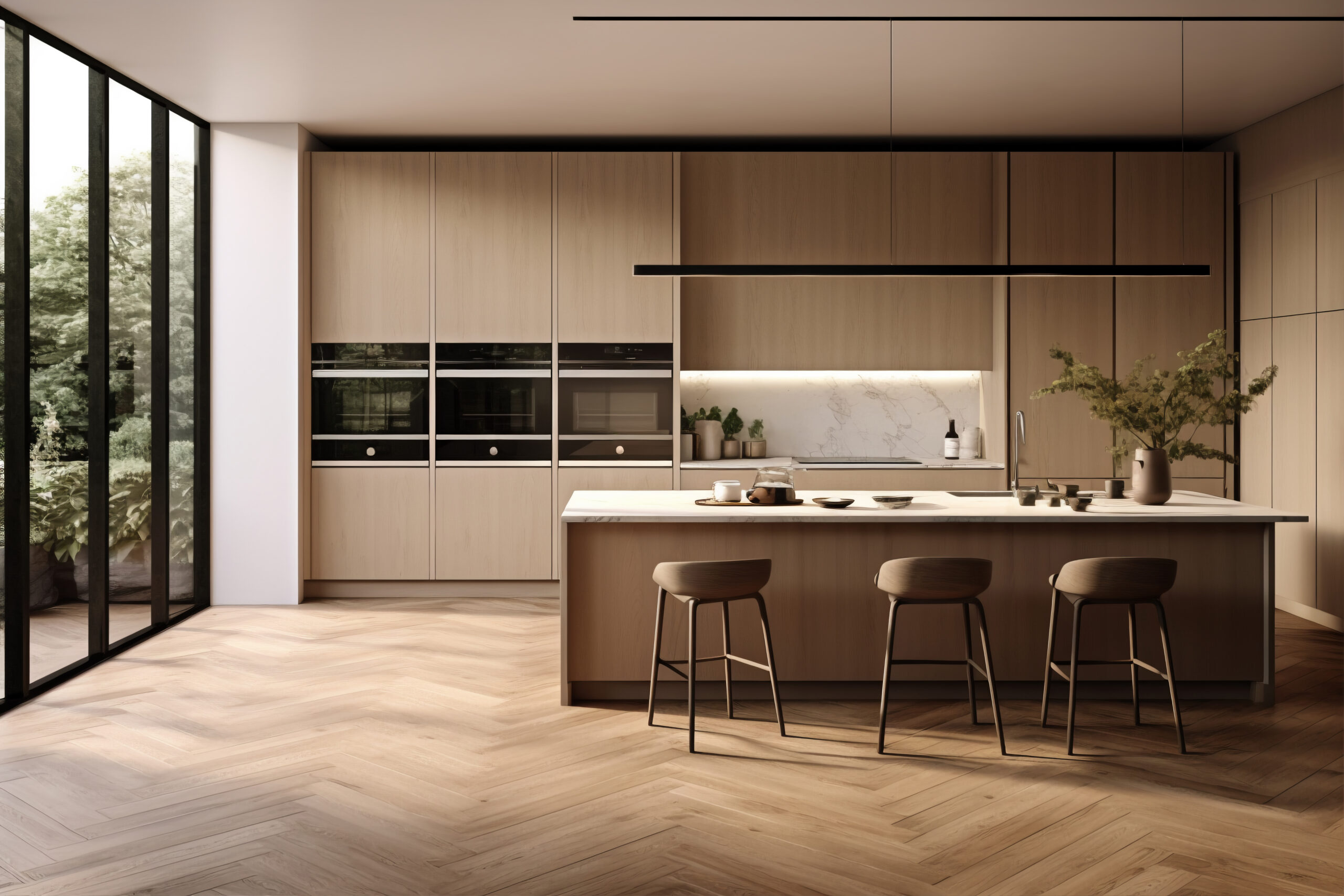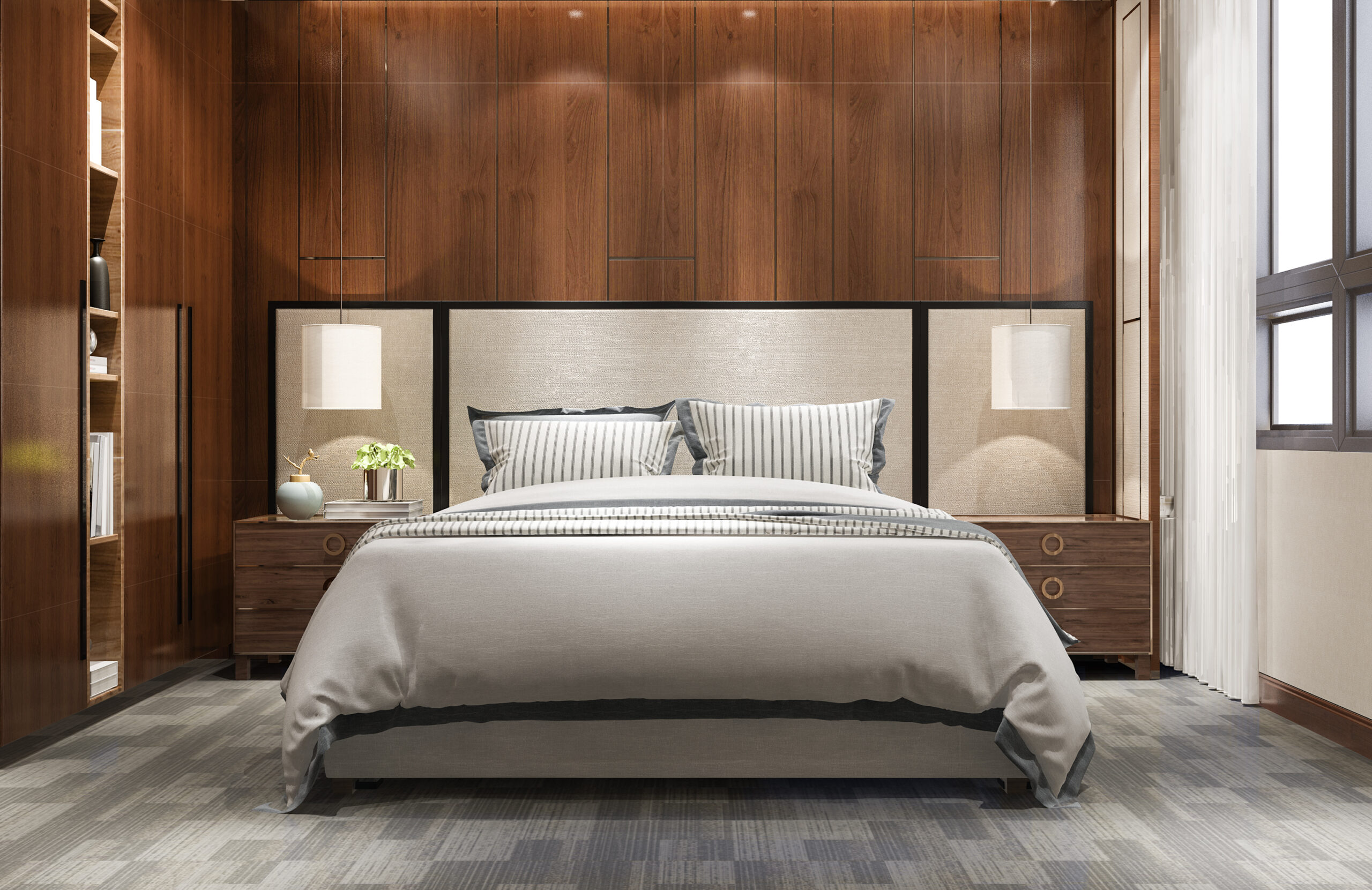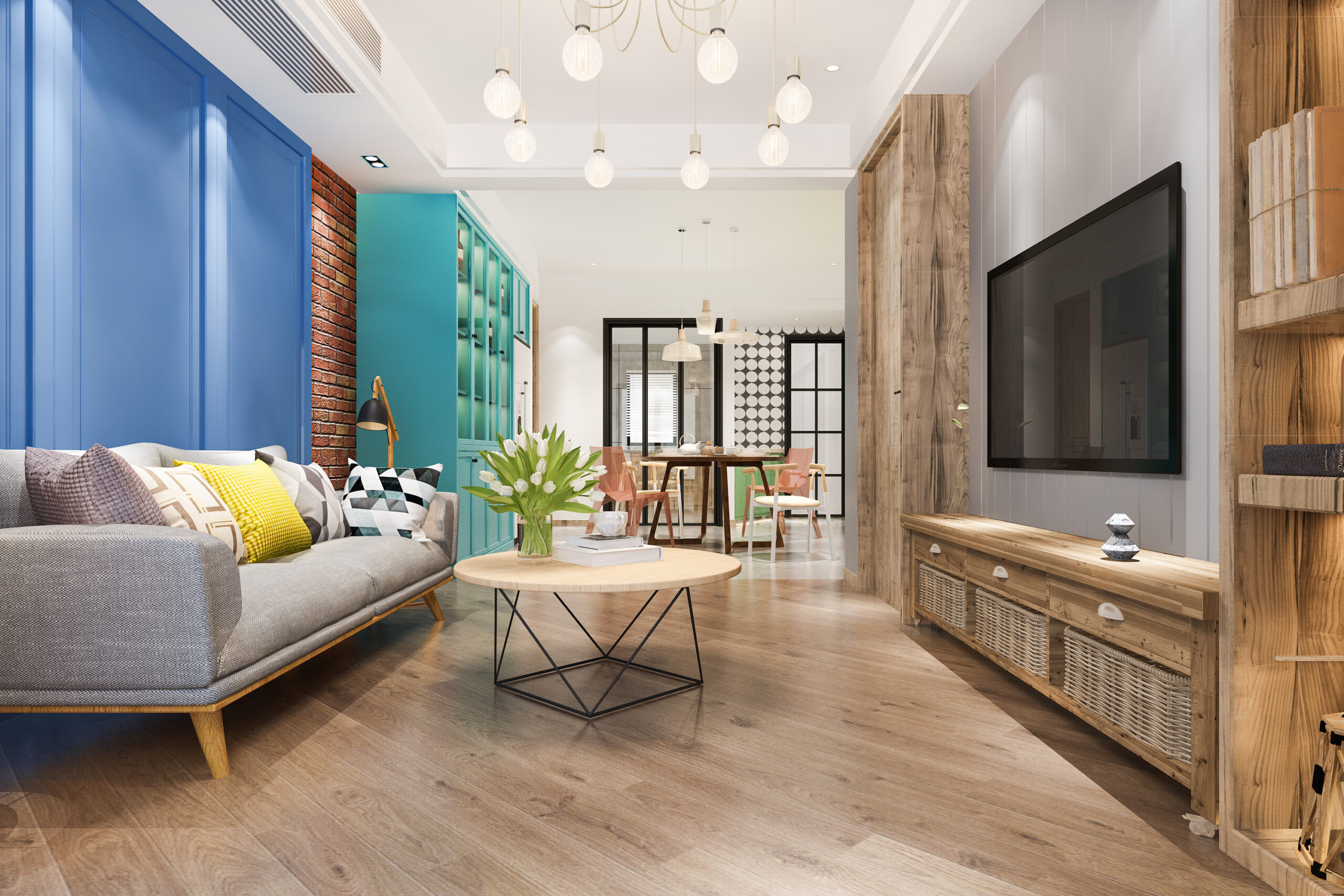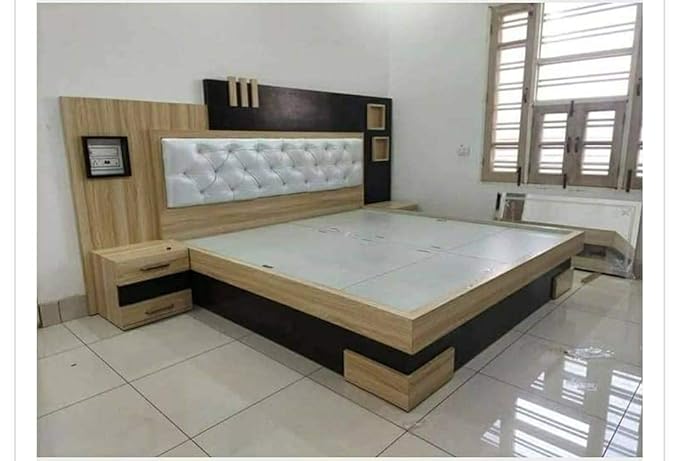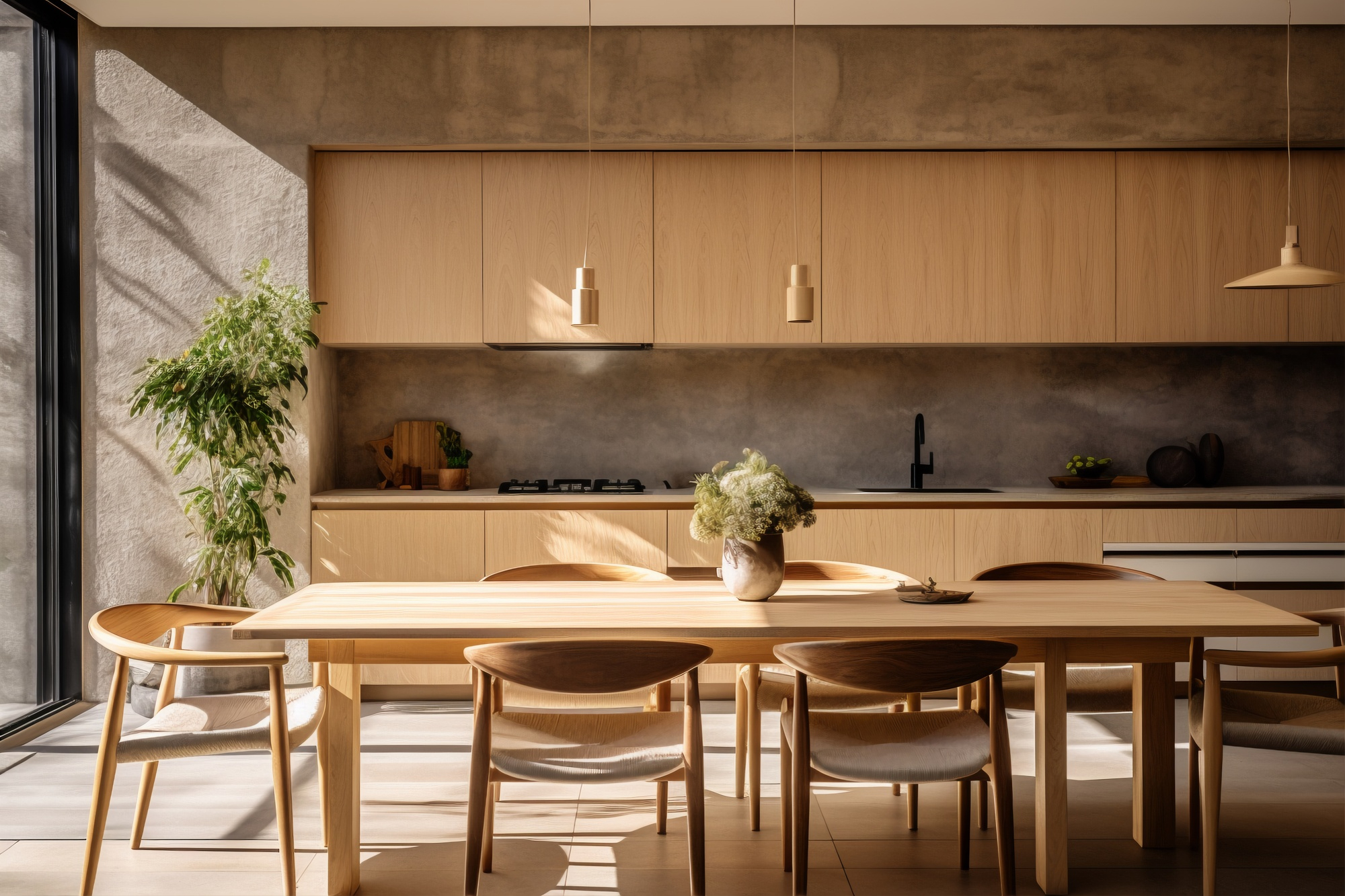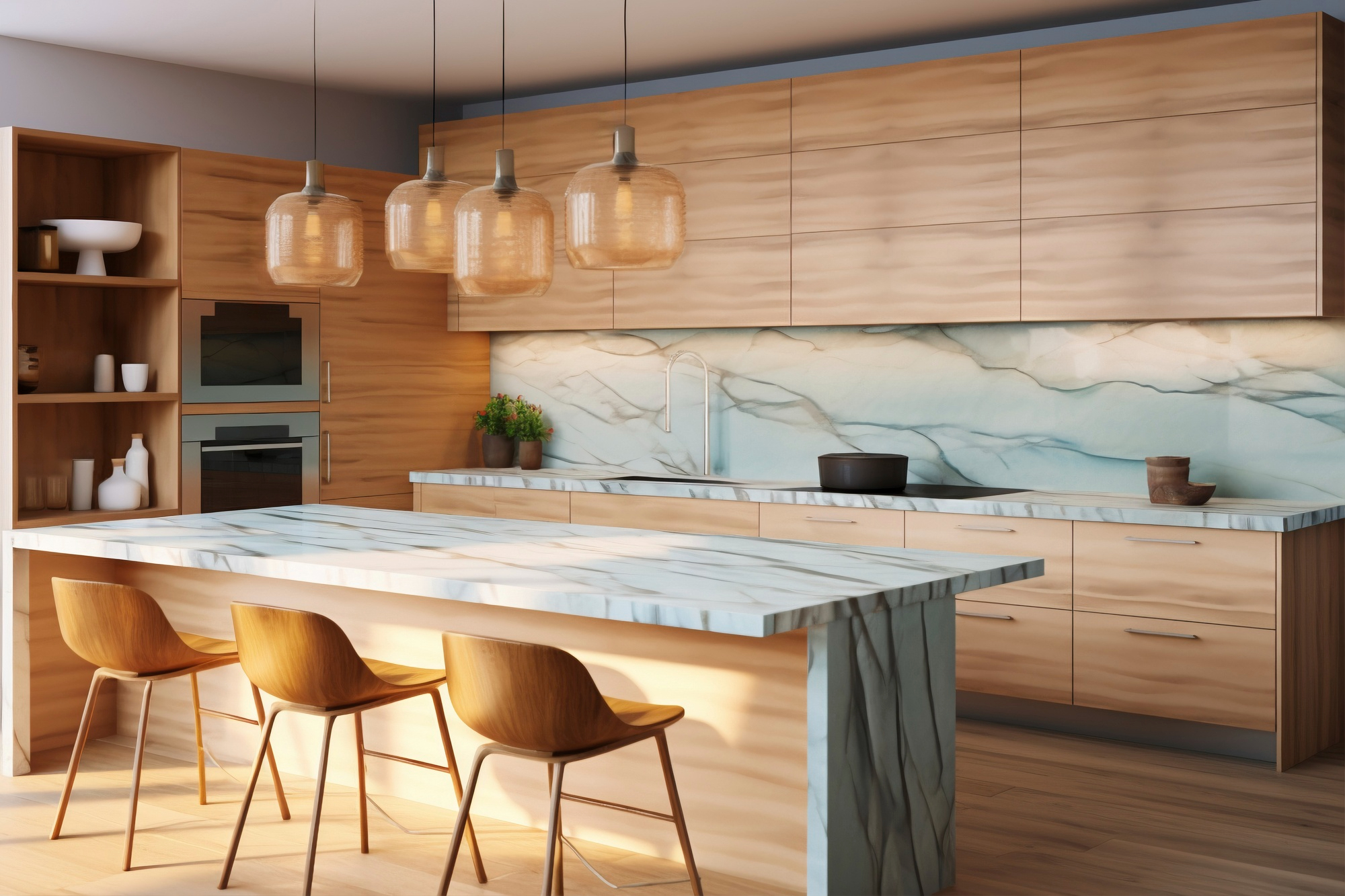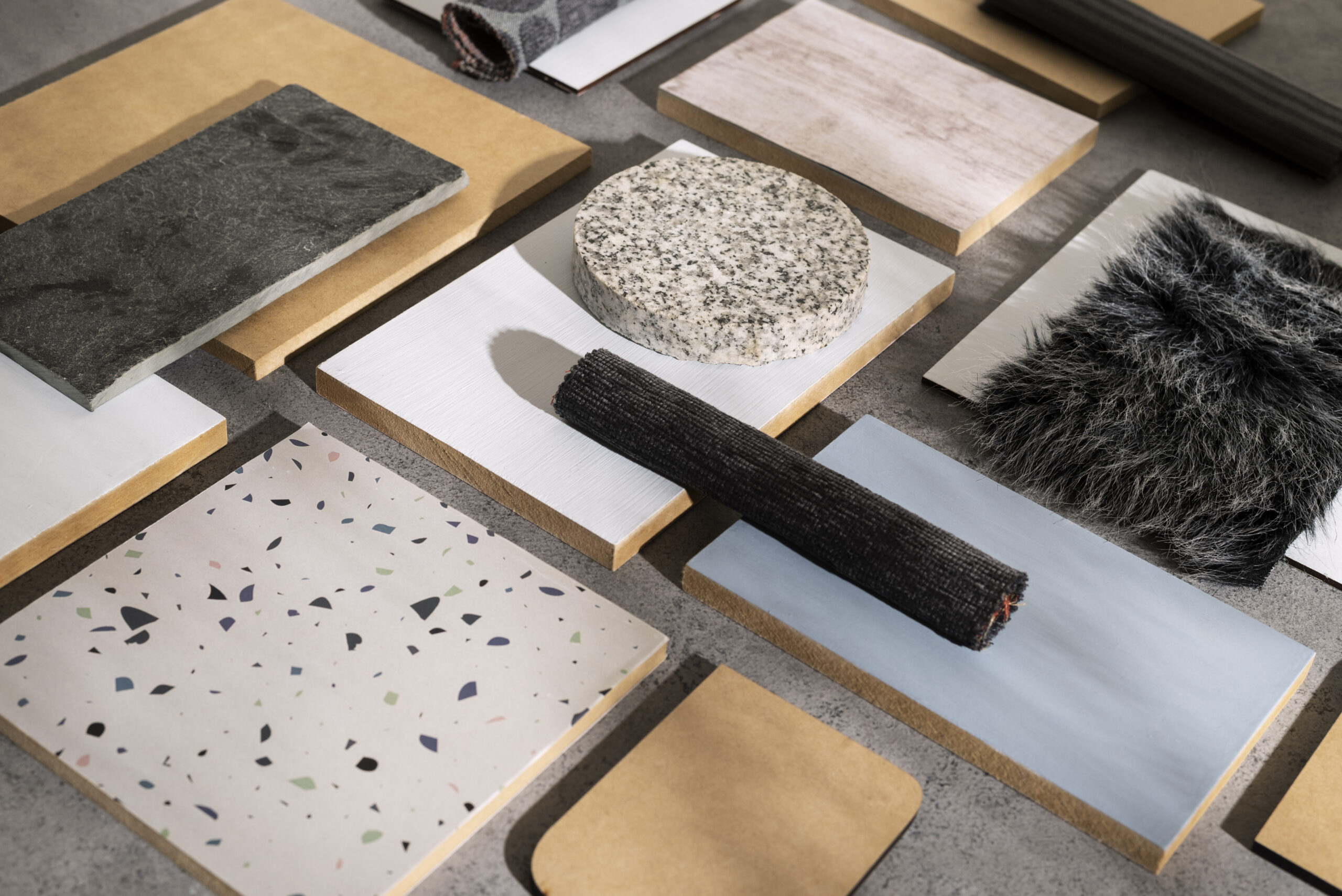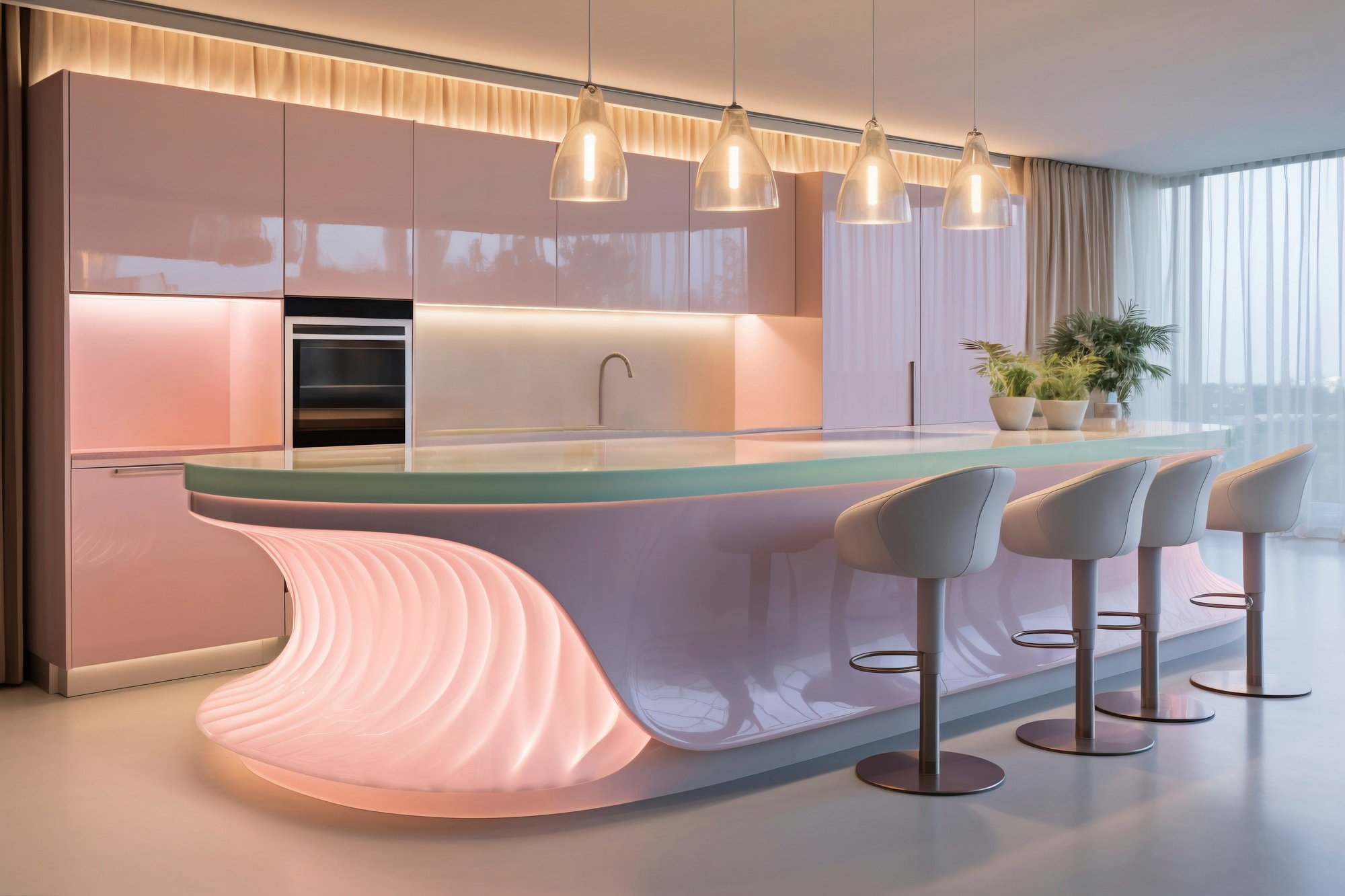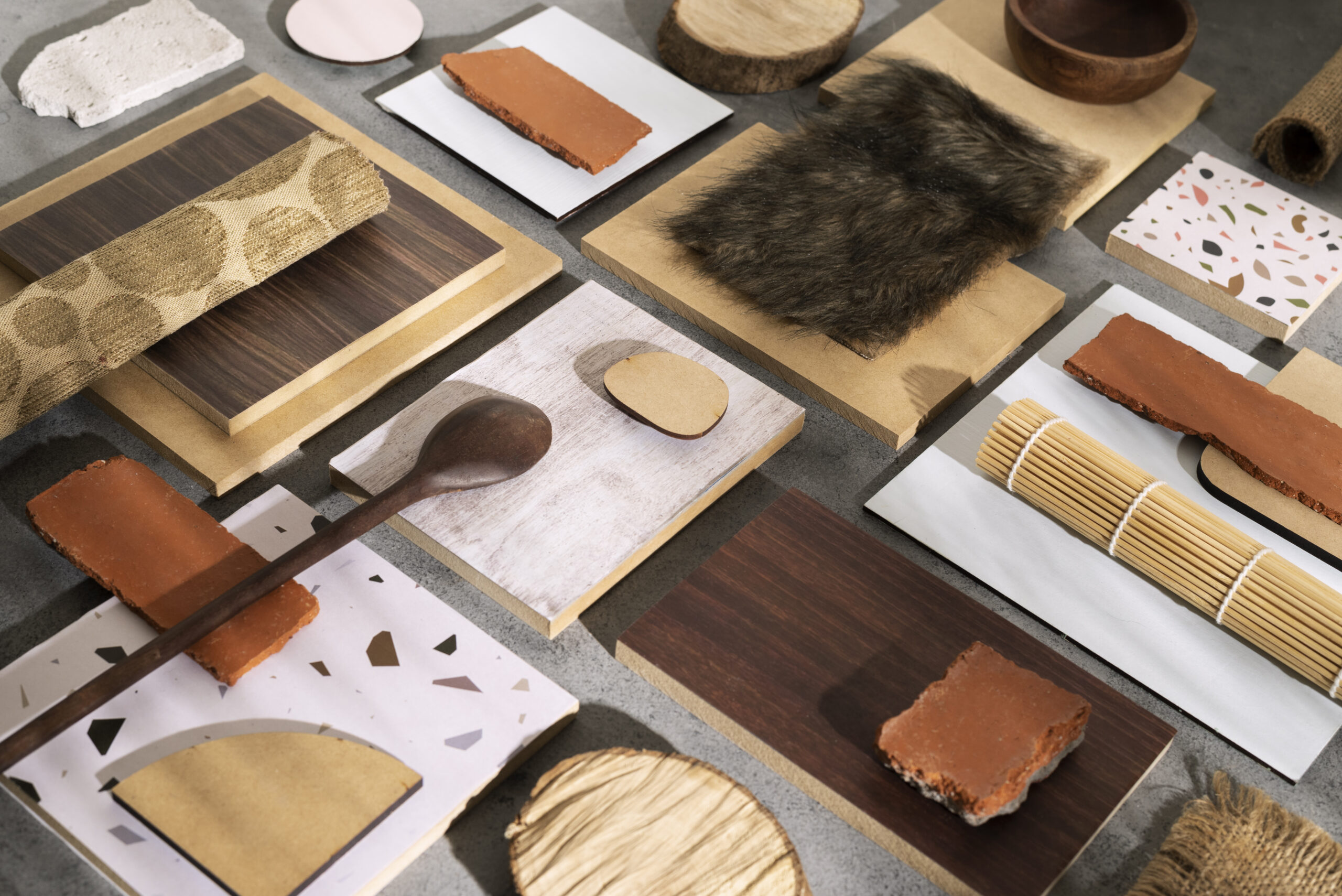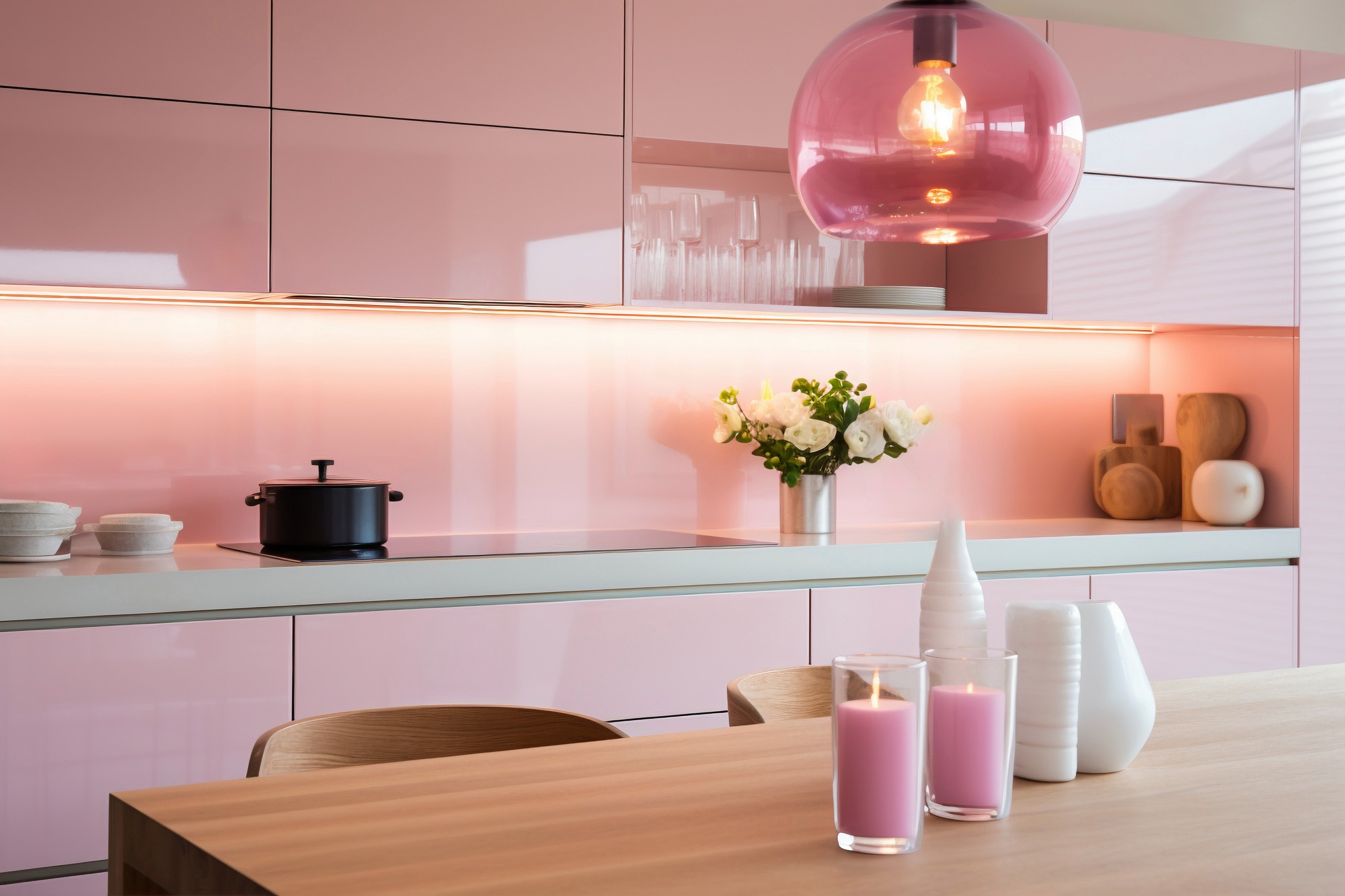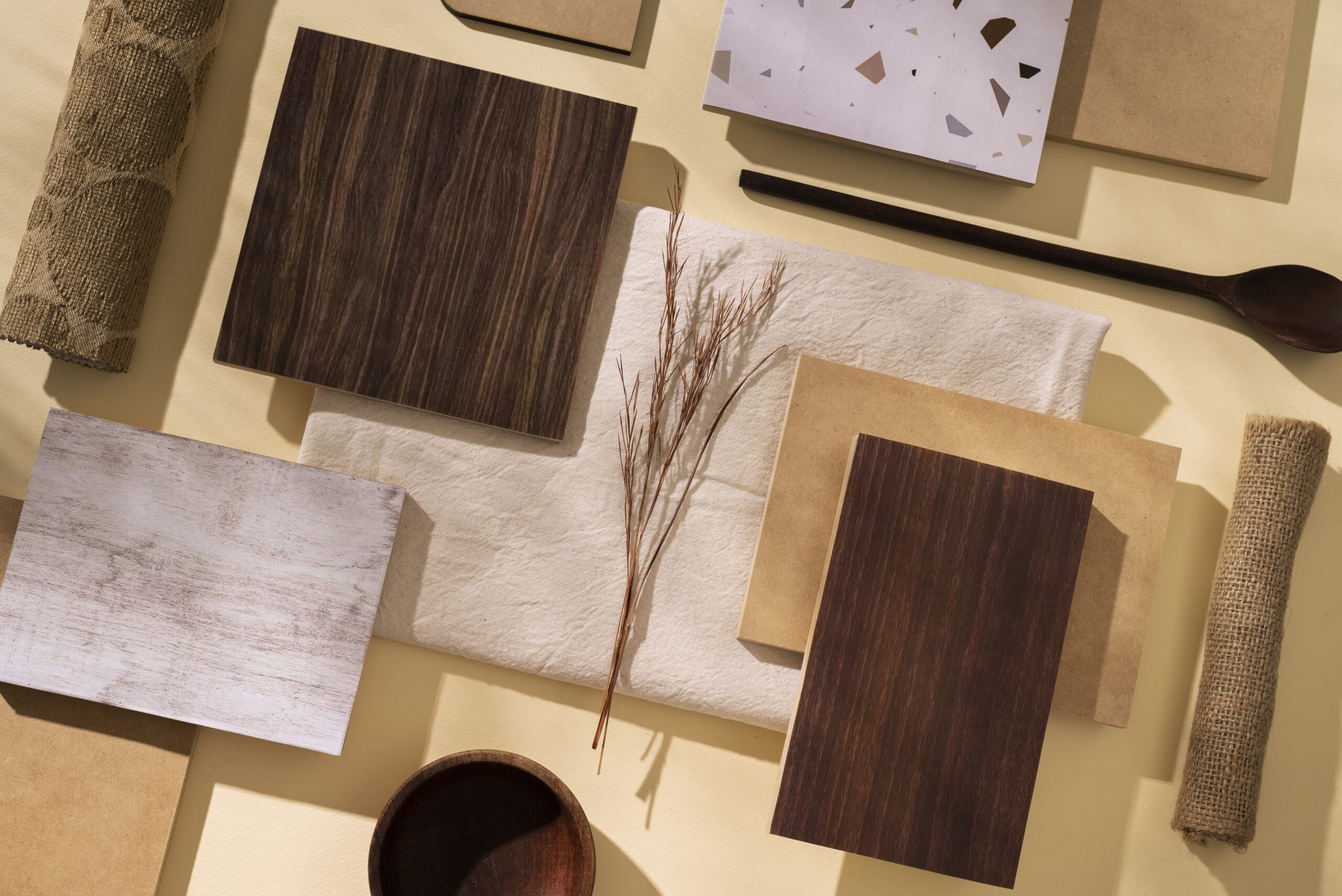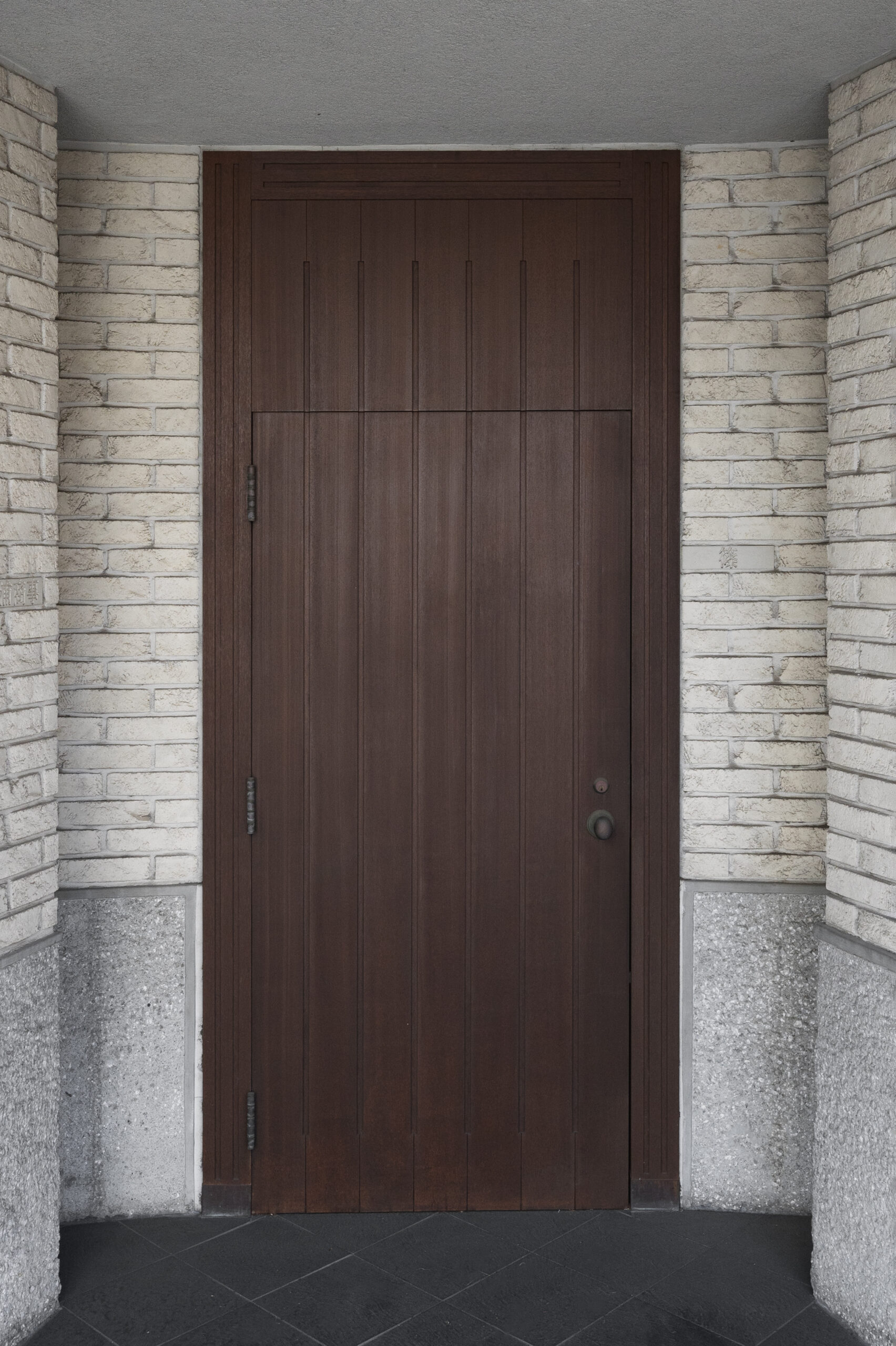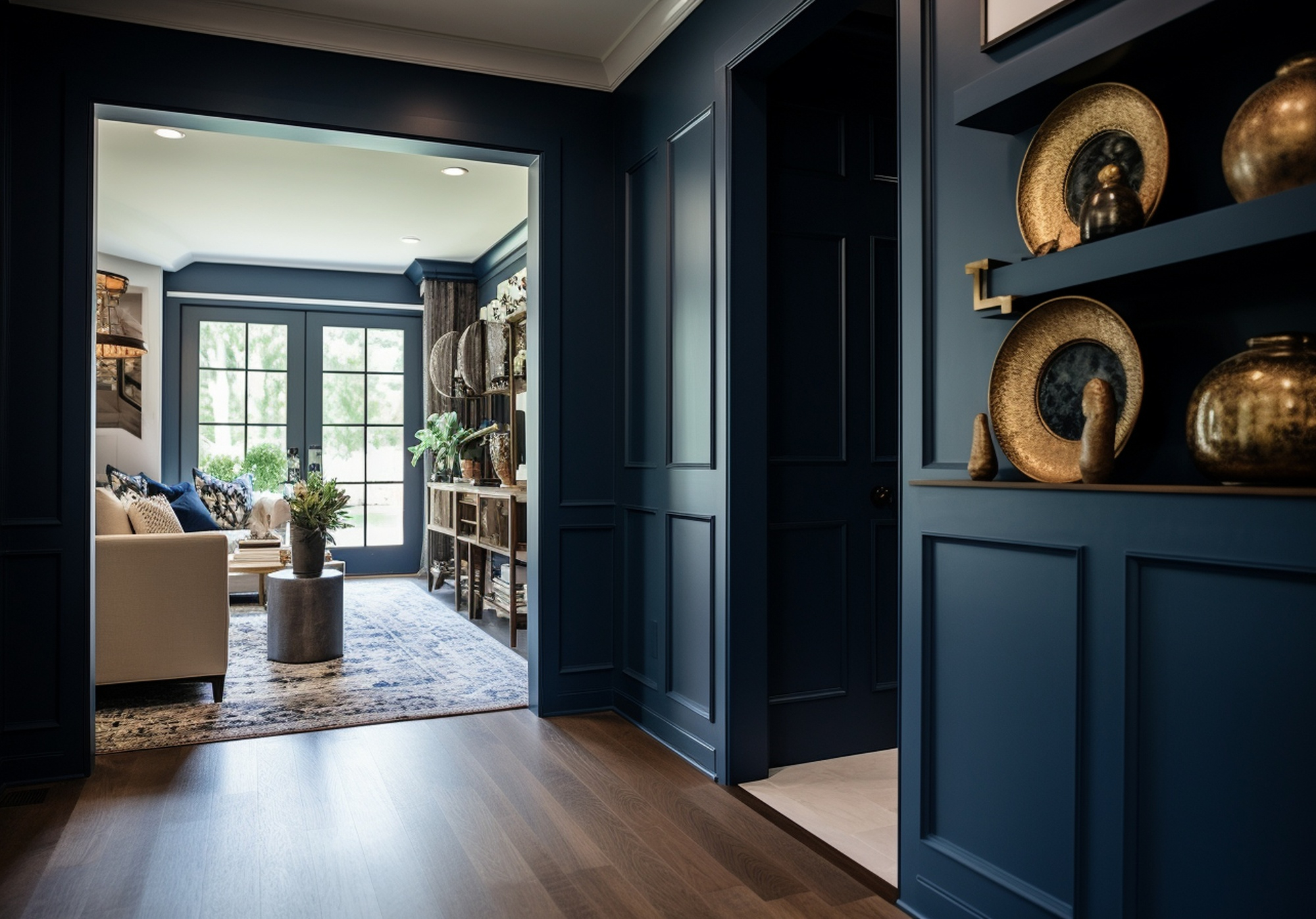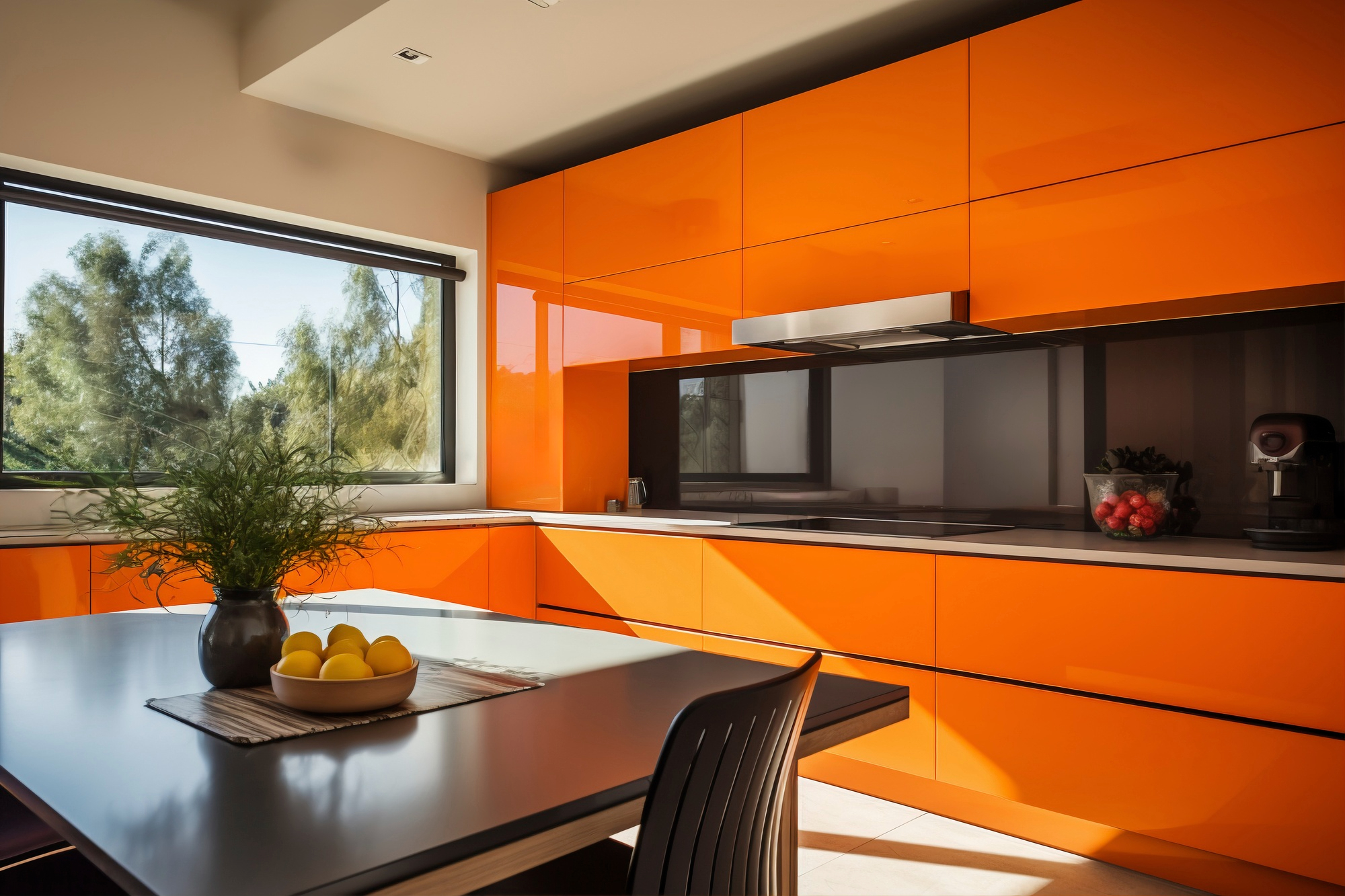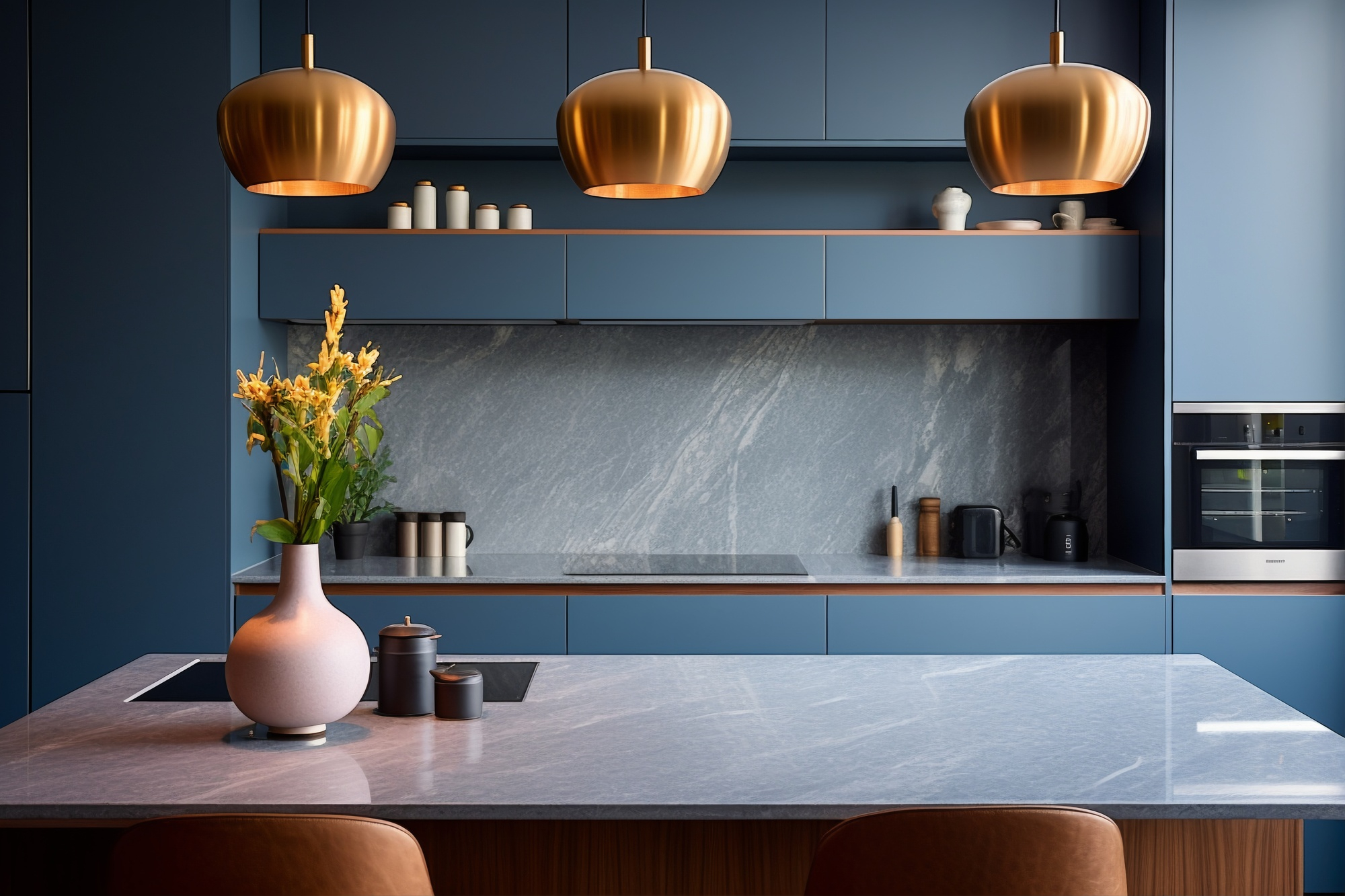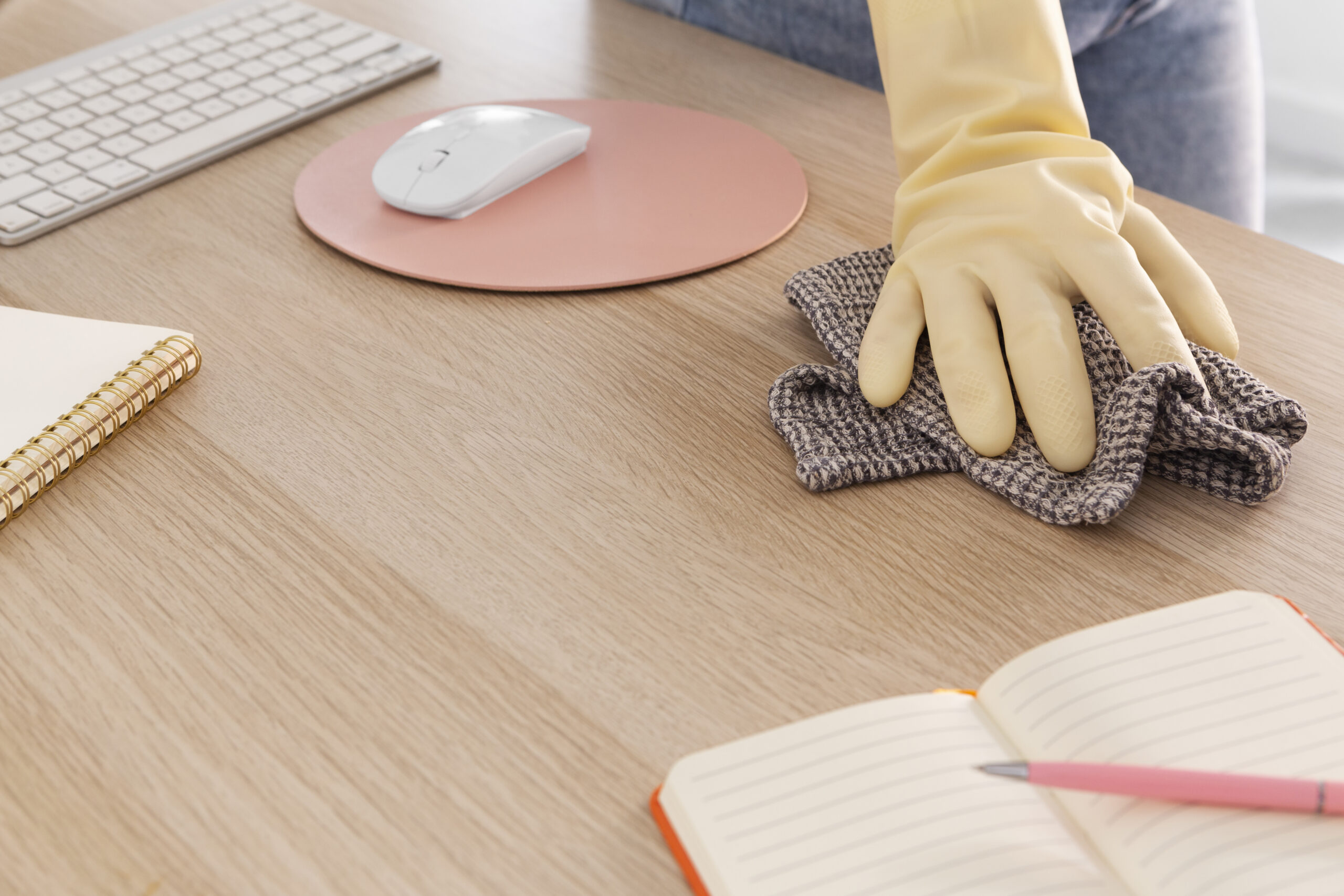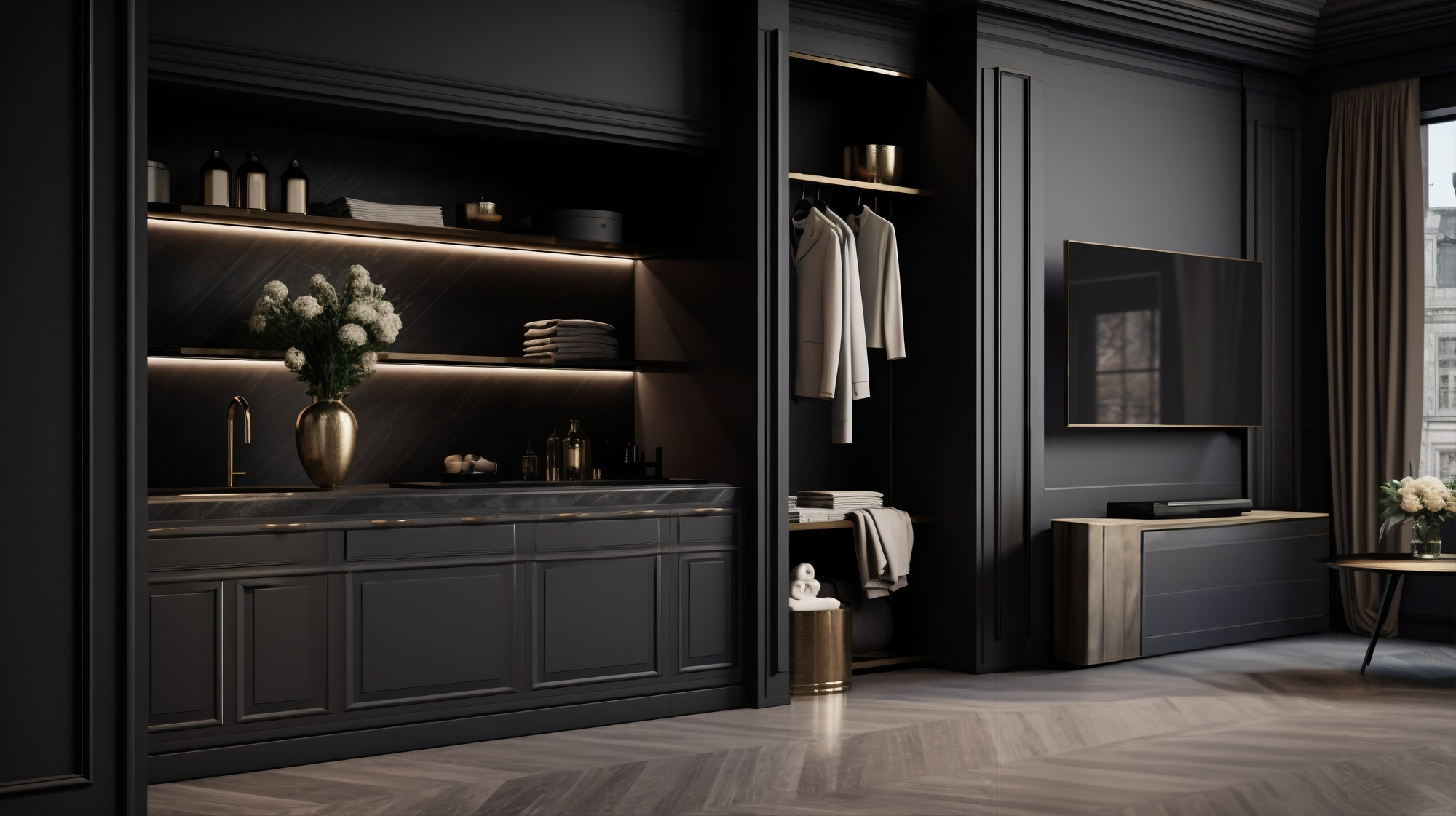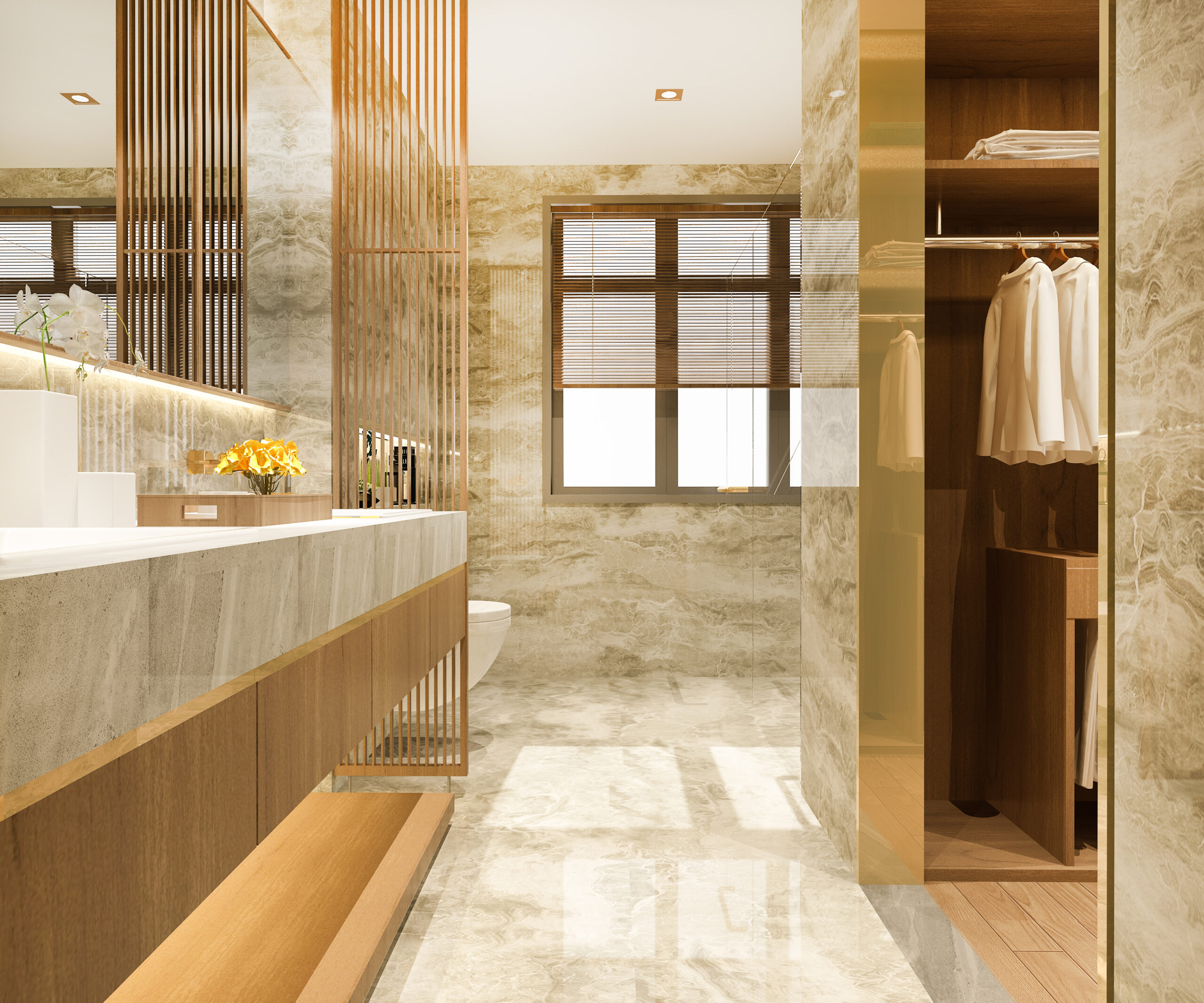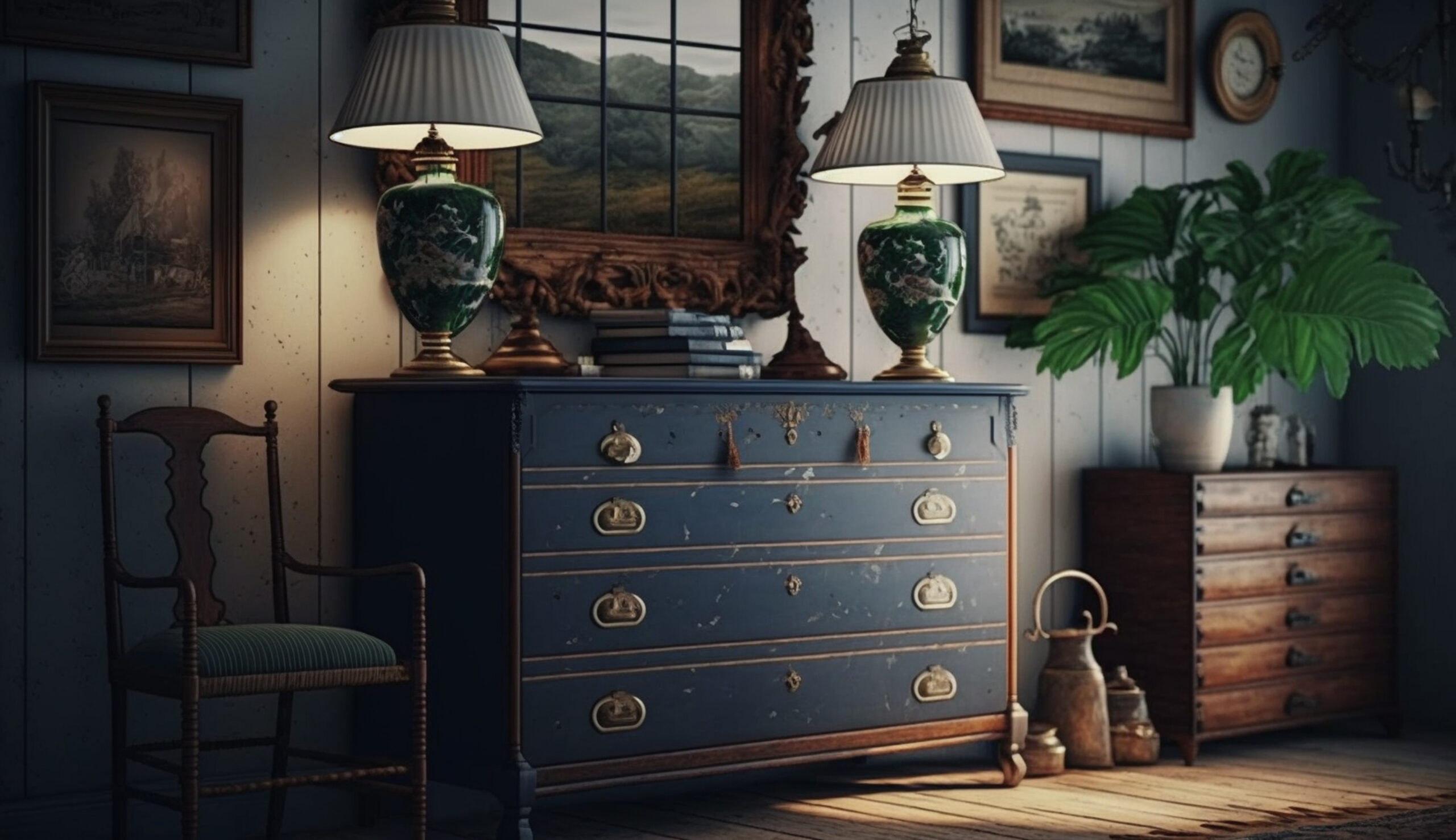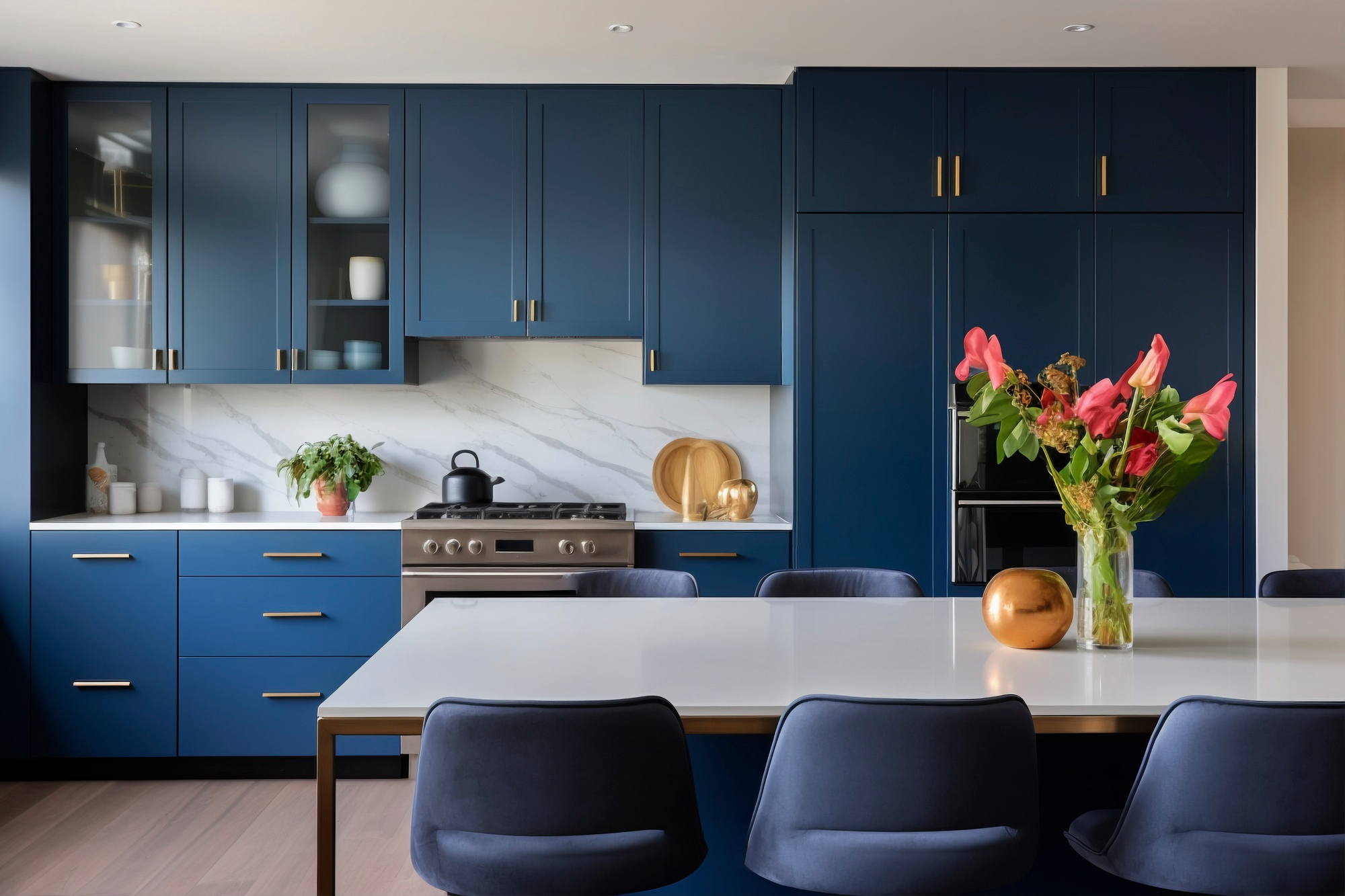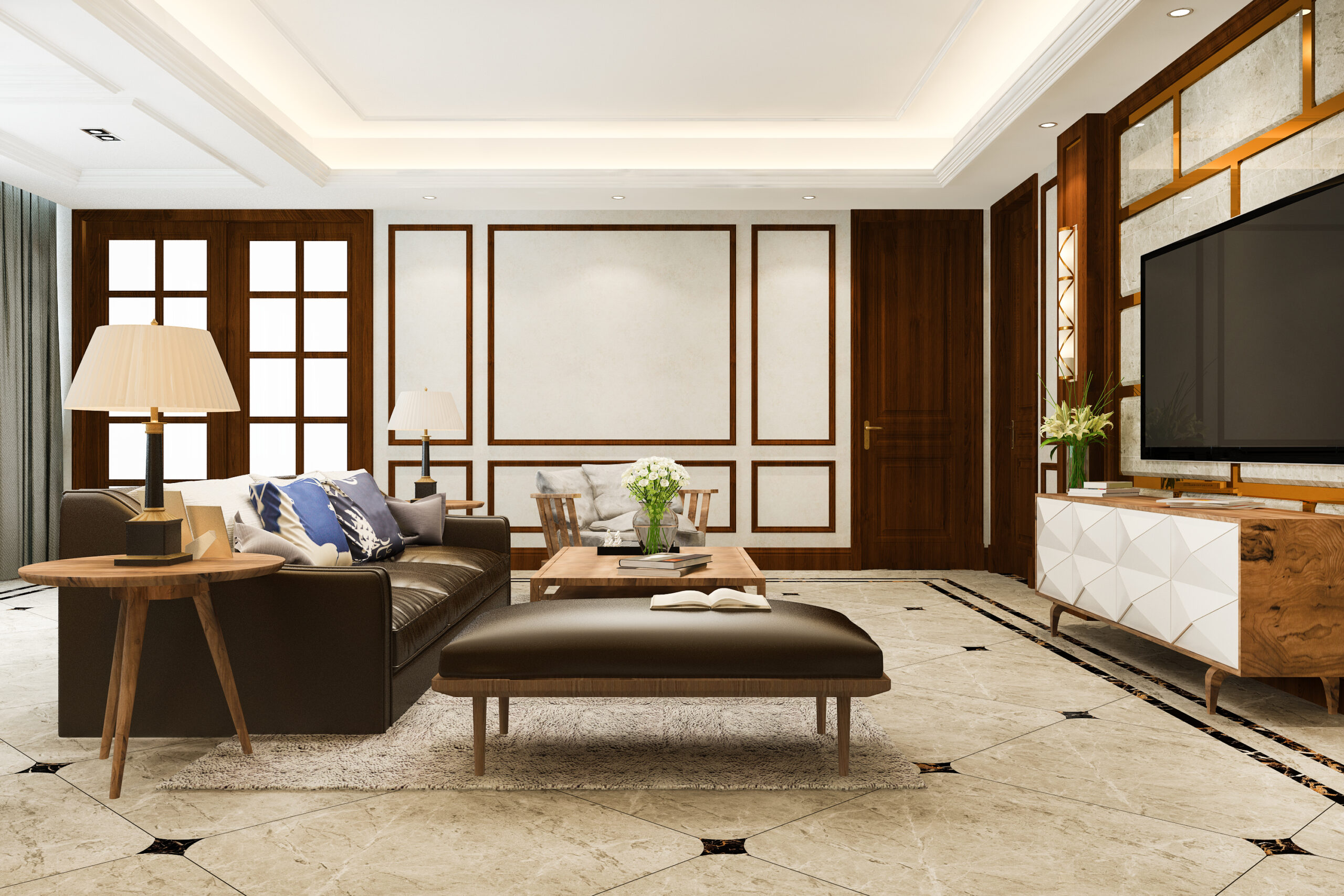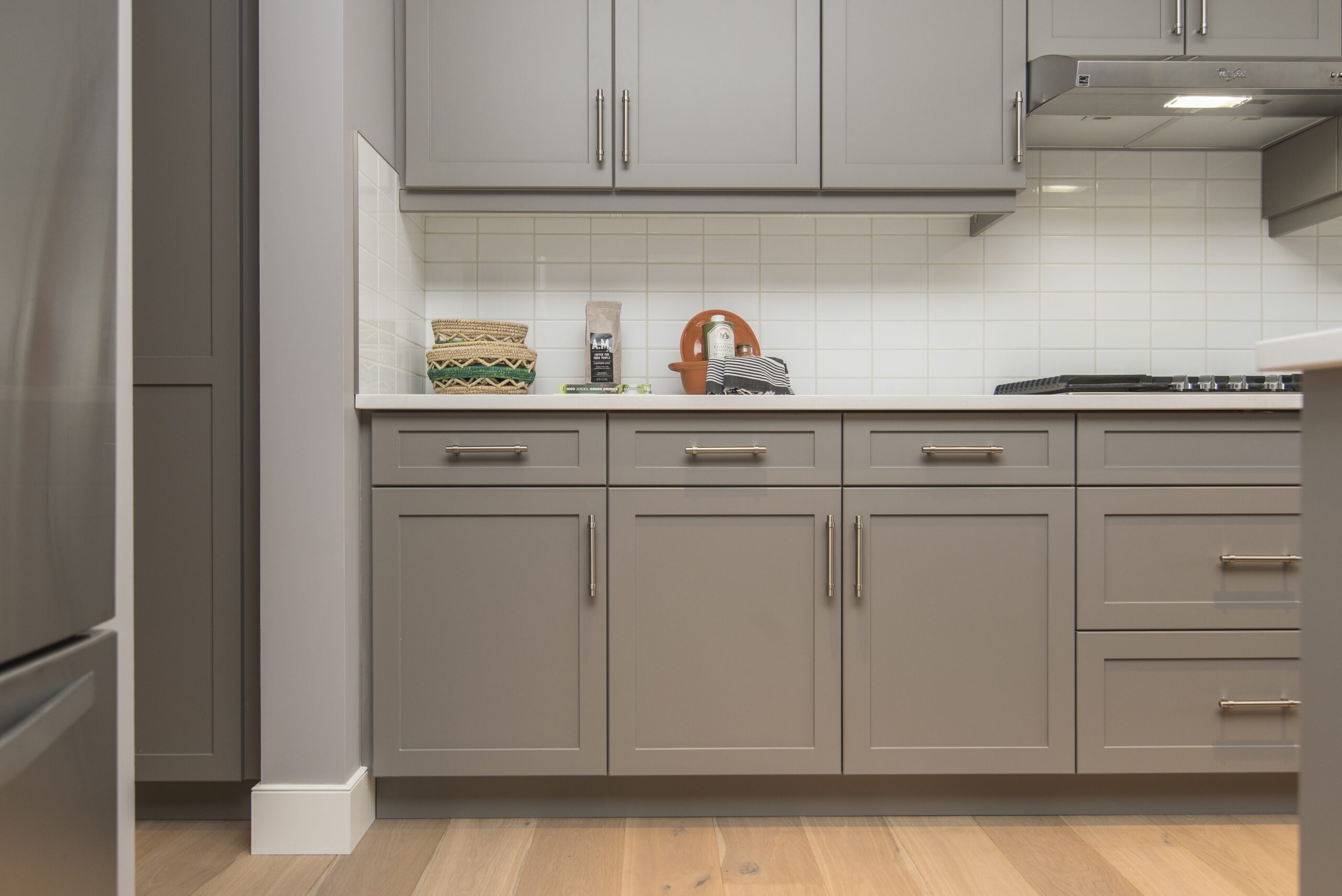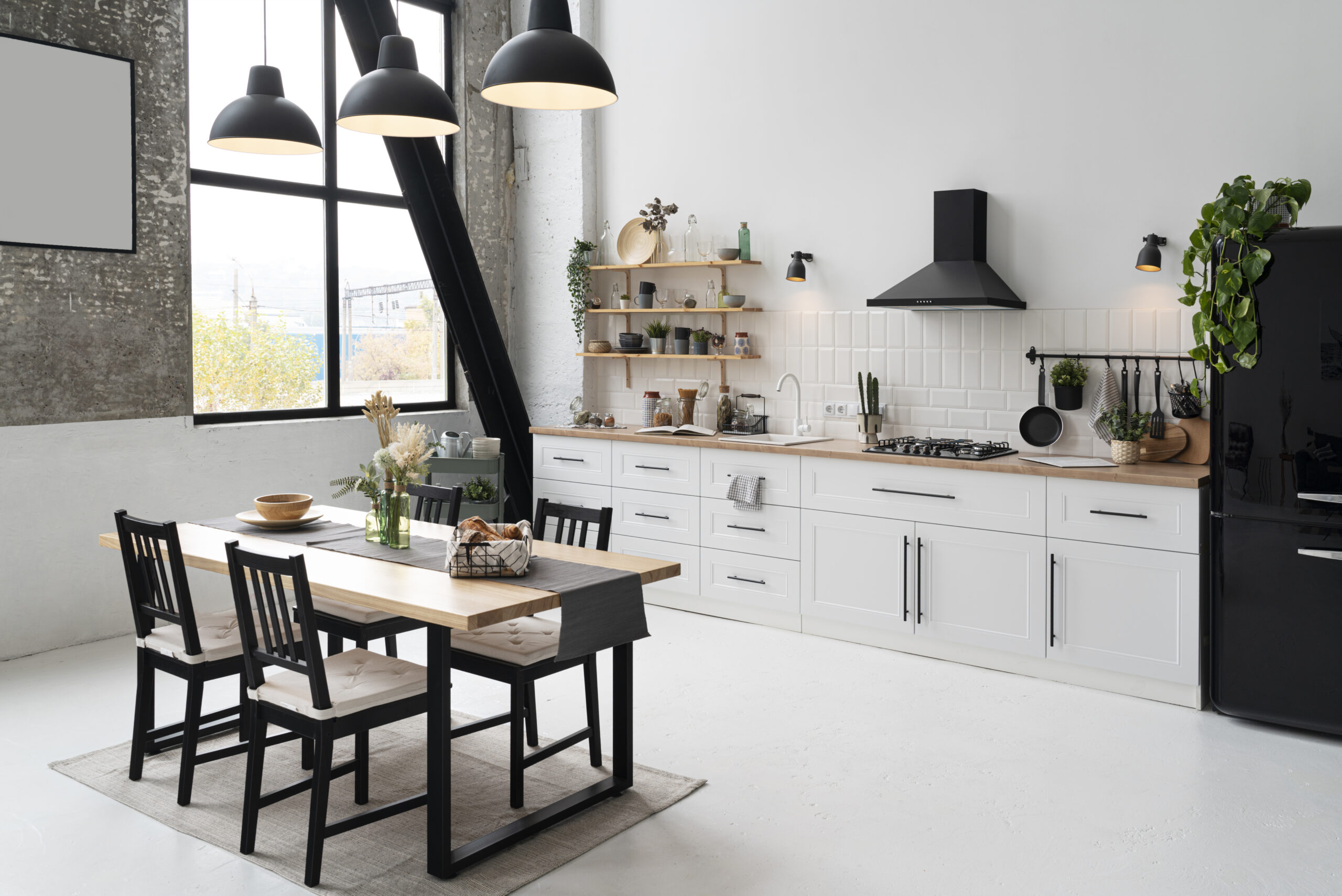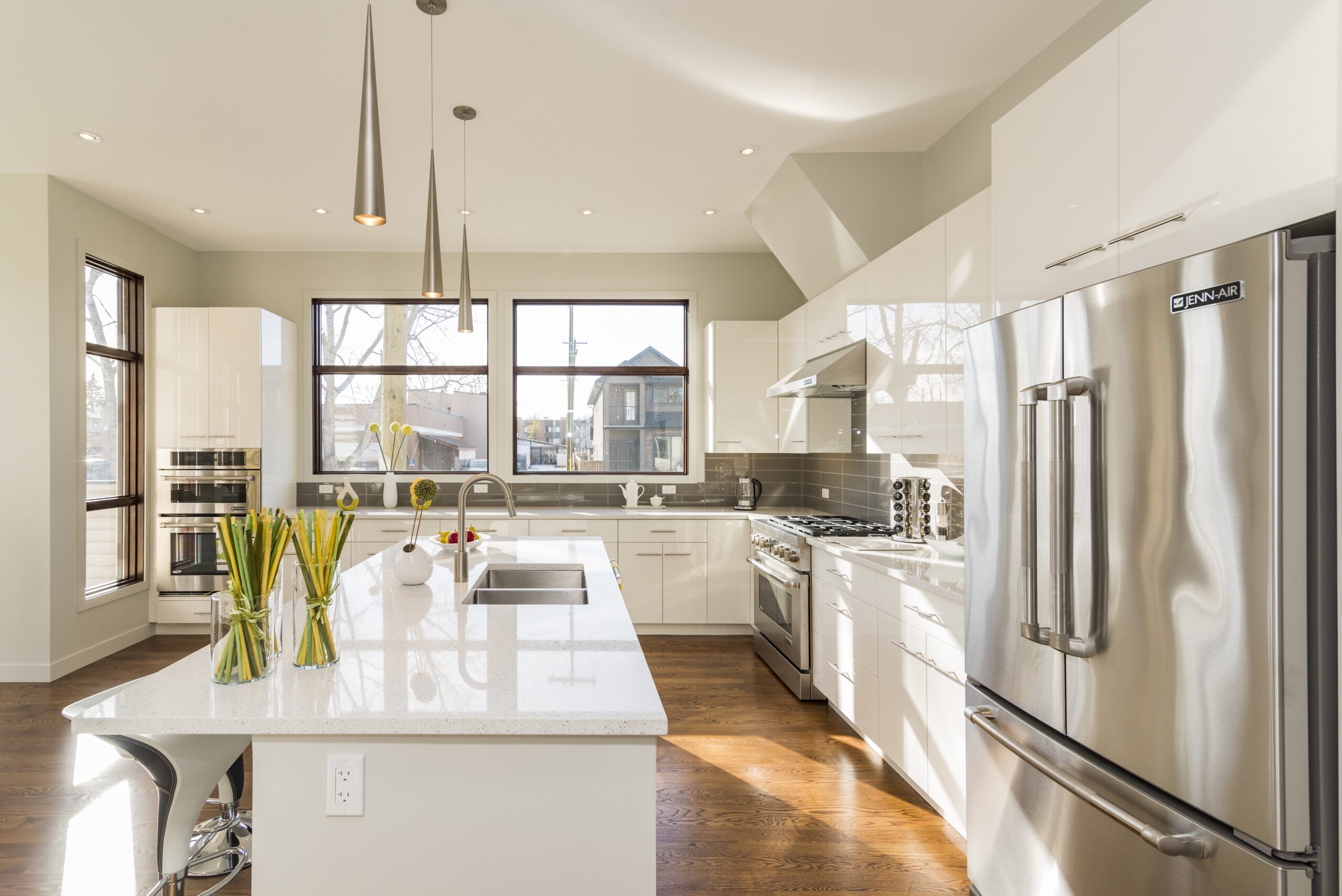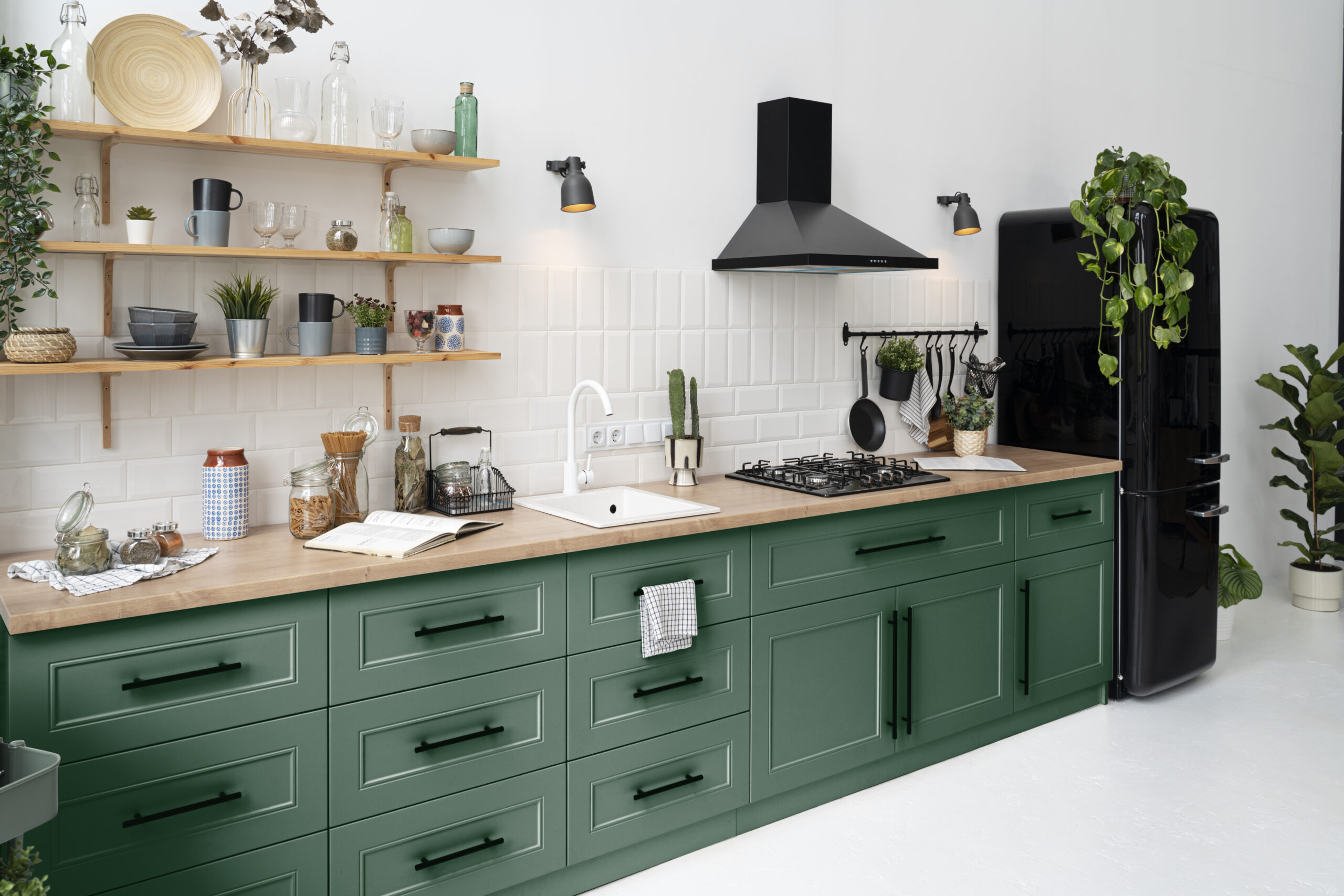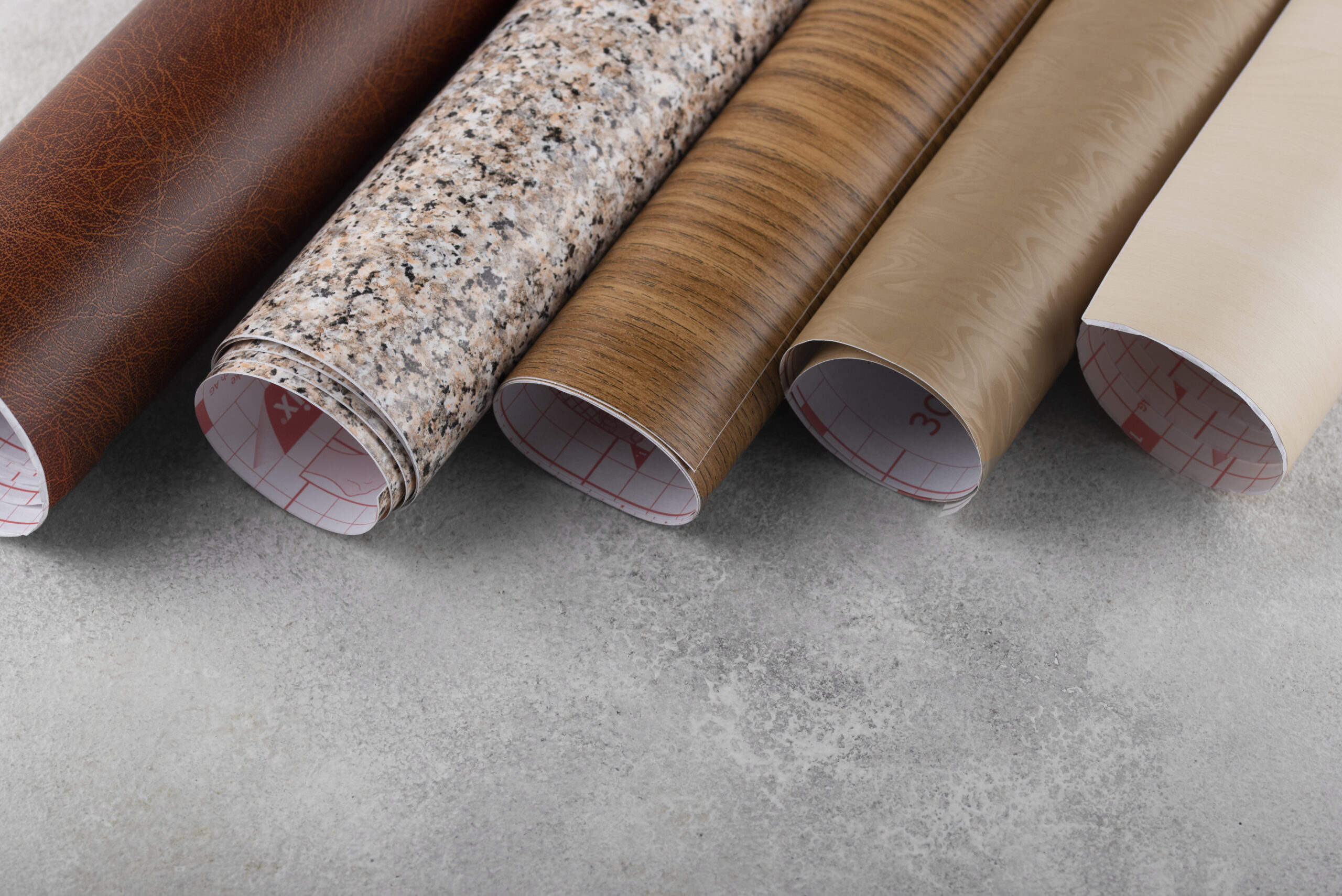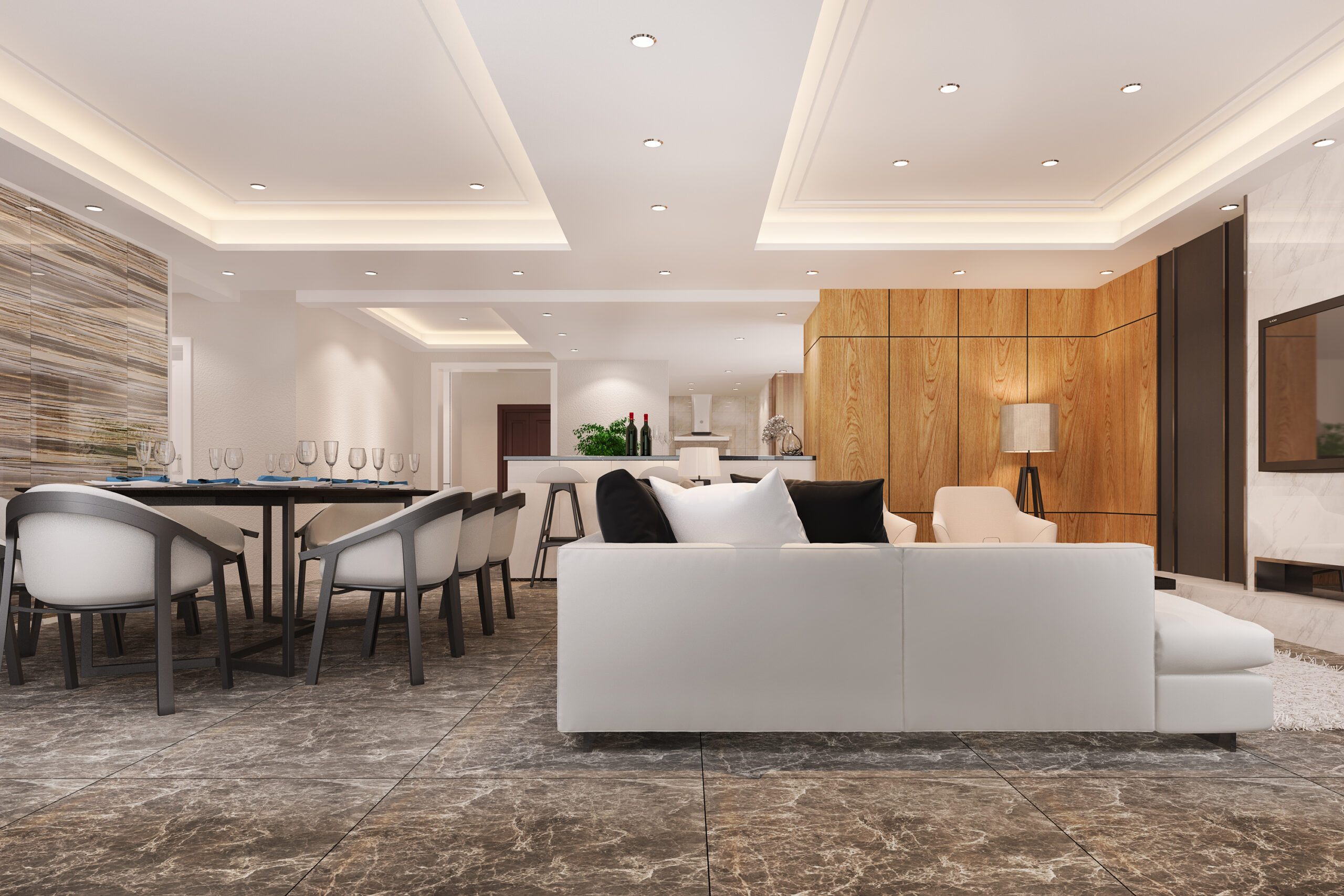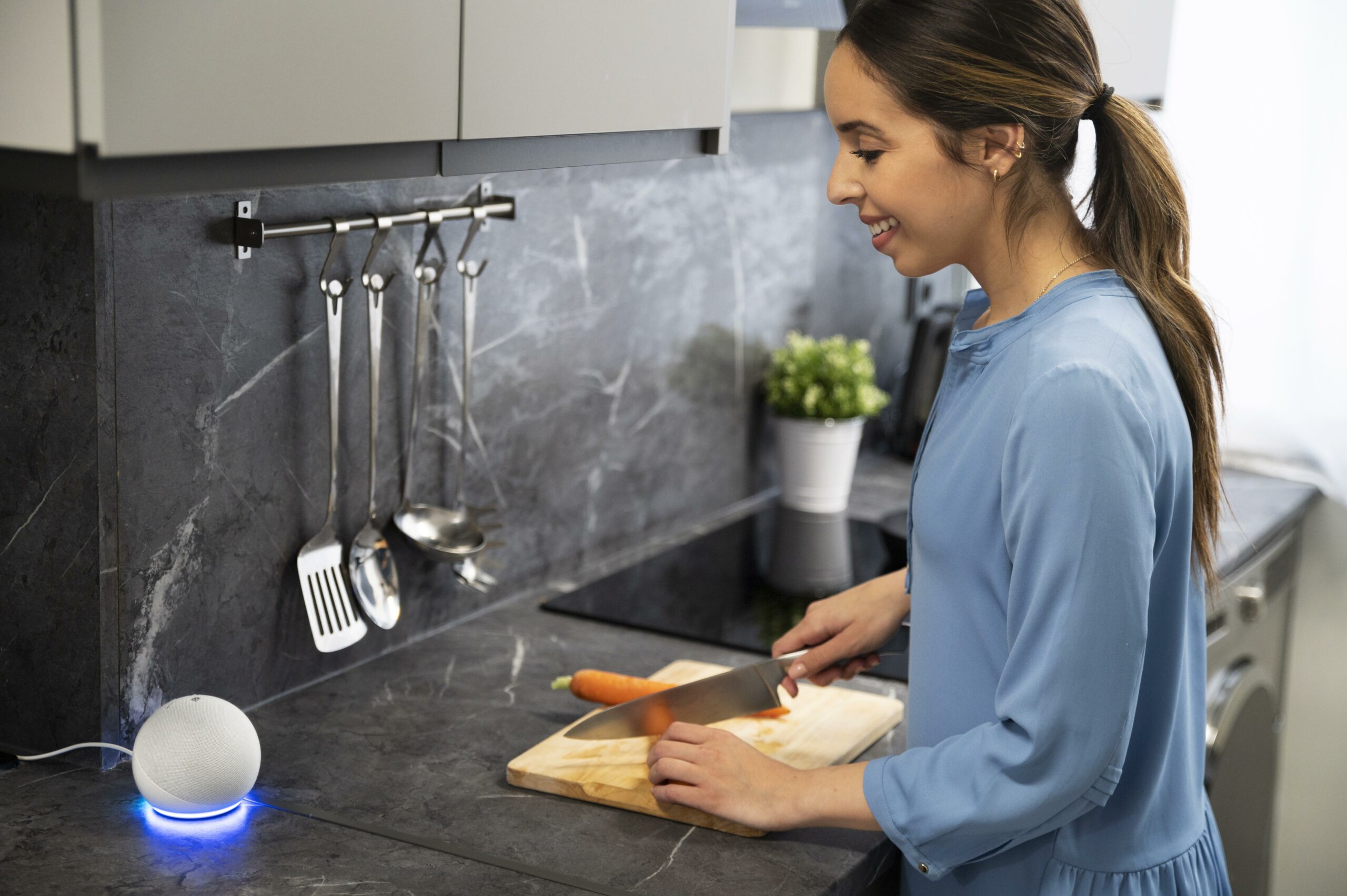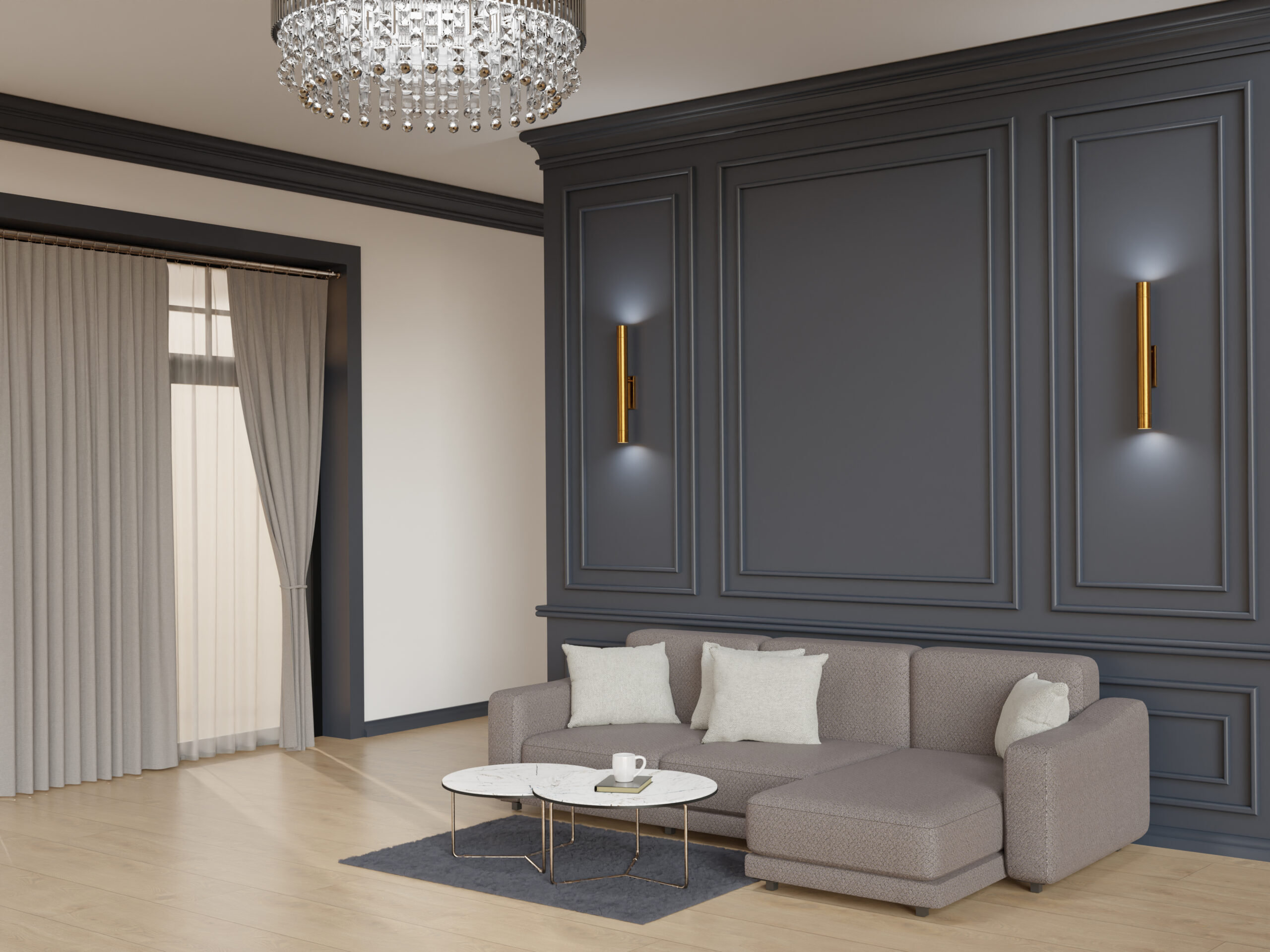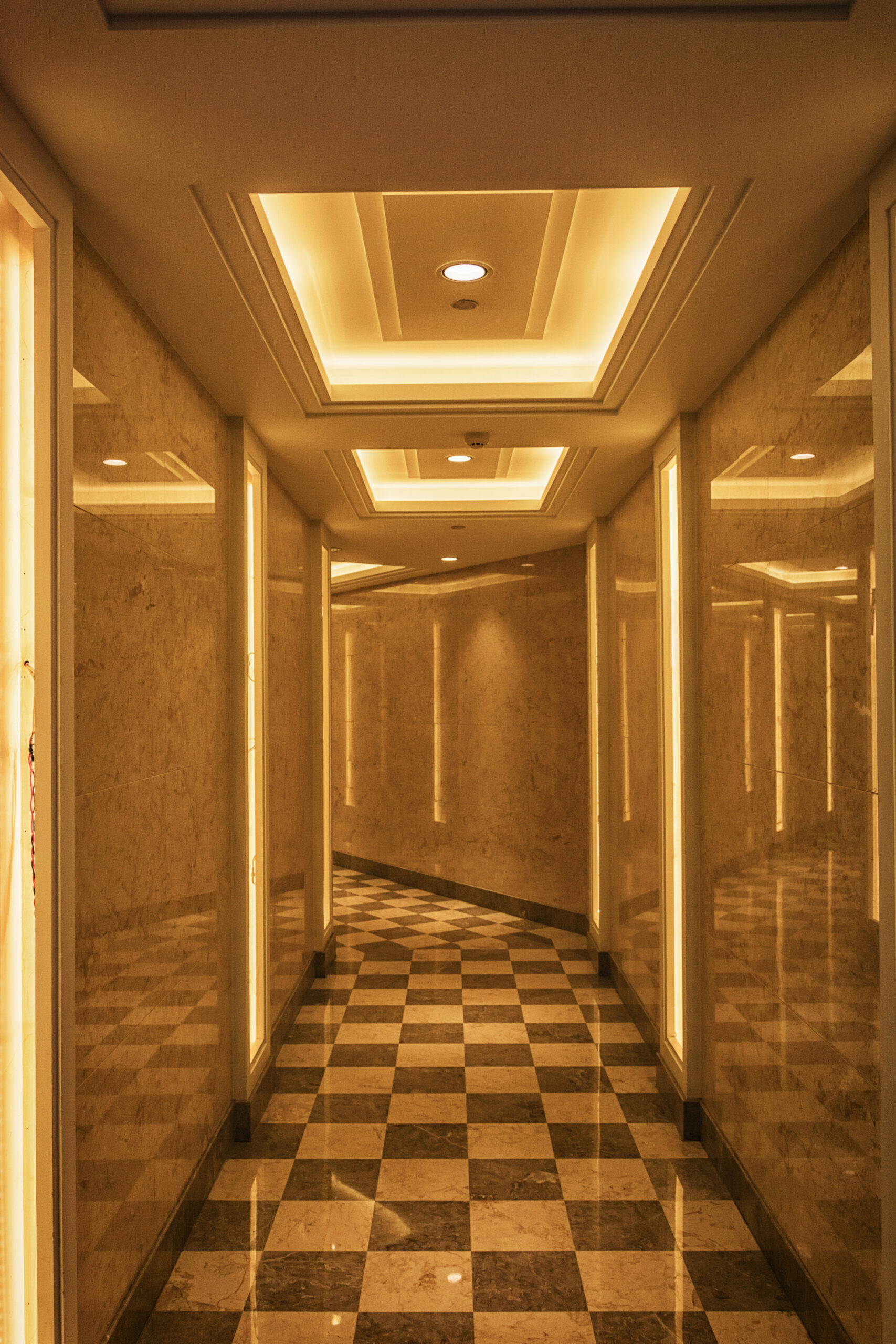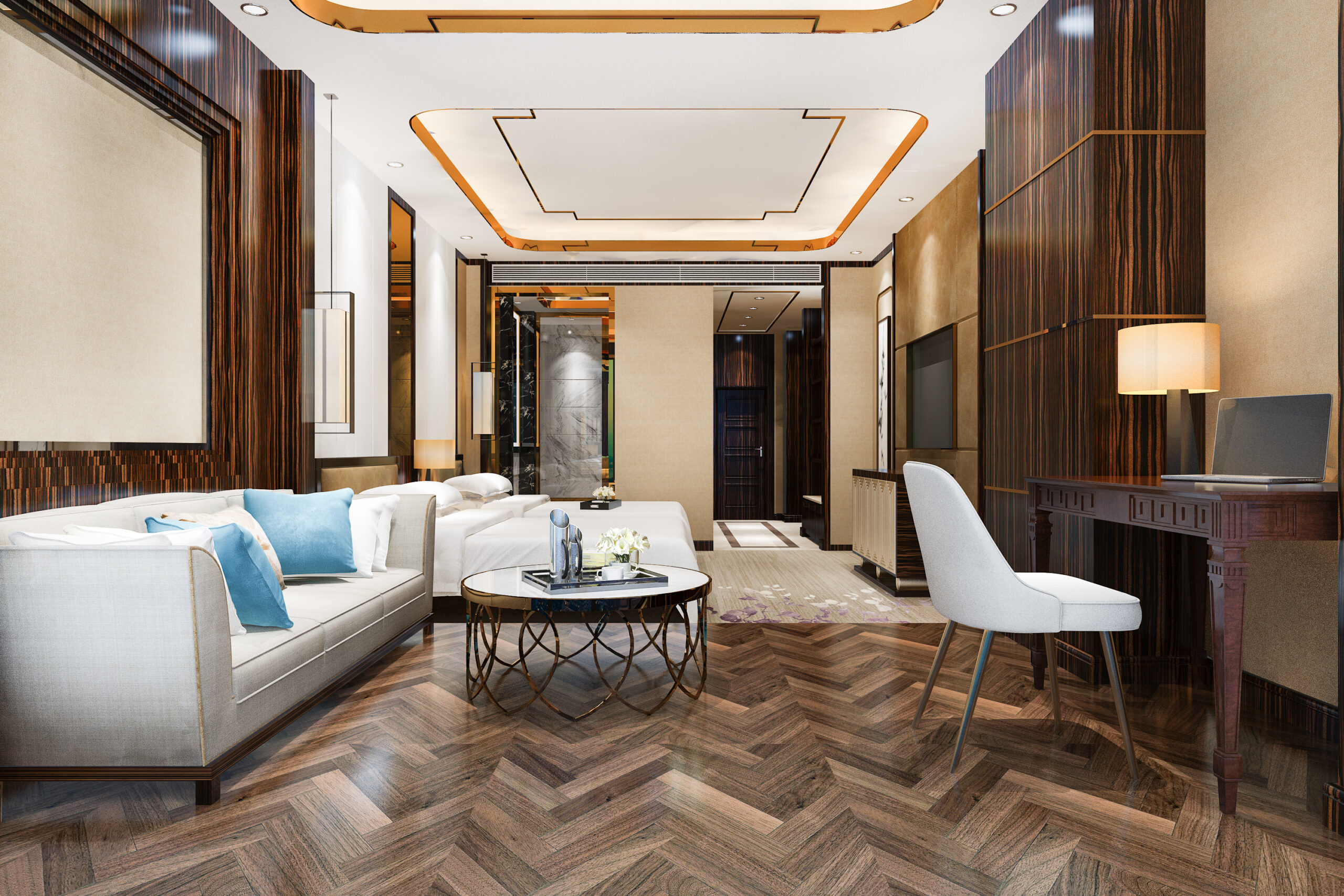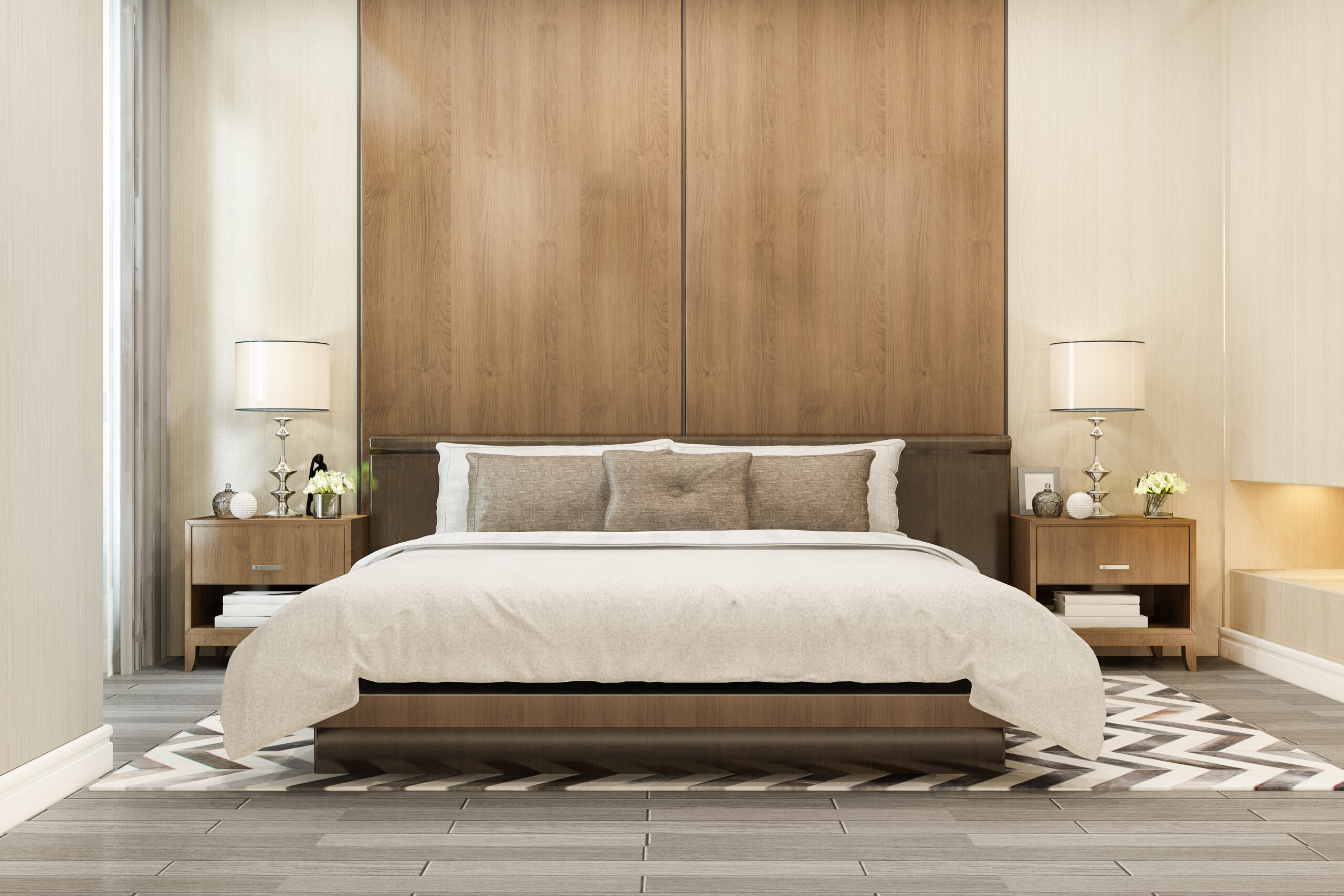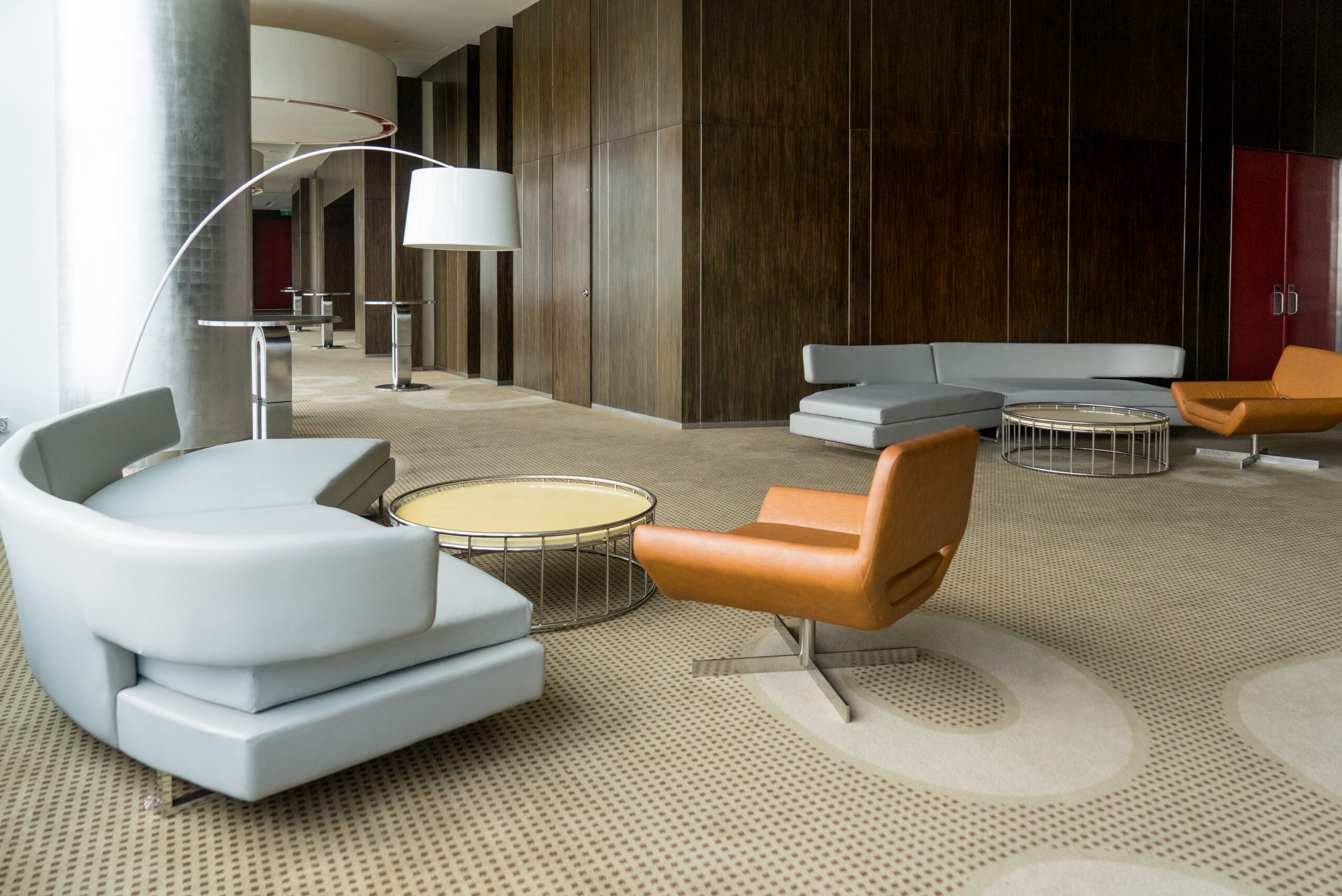- Define the purpose and function of each room before starting the design process.
- Use a cohesive color scheme to create a harmonious flow throughout your home.
- Incorporate natural elements like plants, flowers, or natural materials to add warmth and texture.
- Maximize natural light by using sheer curtains or blinds.
- Make use of mirrors to create the illusion of larger spaces.
- Choose furniture that is proportionate to the size of the room.
- Consider the traffic flow and arrange furniture accordingly.
- Use rugs to add definition and create zones within a room.
- Emphasize focal points through unique artwork, accent walls, or architectural features.
- Declutter and organize to create a clean and tidy space.
- Mix and match different patterns and textures to add visual interest.
- Incorporate adequate storage solutions to keep things organized.
- Pay attention to proper lighting, combining ambient, task, and accent lighting.
- Incorporate personal touches through meaningful decor items or family photographs
- Create cozy and inviting spaces with plush cushions, throws, and blankets
- Consider the scale and proportion of furniture when arranging seating areas
- Hang curtains or drapes slightly above the window to create an illusion of taller ceilings
- Play with textures and materials, such as velvet, leather, and wood.
- Incorporate statement pieces to add personality and character to a room.
- Regularly update and refresh your decor to keep up with current trends and your evolving tastes.
Importance of Interior Design for Home?
Interior design plays a crucial role in creating functional, aesthetically pleasing, and harmonious living spaces. Here are some key reasons why interior design is important for your home:
- Space optimization: An interior designer can help you make the most of the available space by optimizing furniture layout, storage solutions, and traffic flow.
- Mood and ambiance: Through the careful selection of colors, lighting, and decor, interior design can set the mood and create a desired atmosphere in each room.
- Increased property value: Good interior design can significantly enhance the value of your home, making it more appealing to potential buyers or renters.
- Personalization: Interior design allows you to express your individuality and create a space that reflects your personality, interests, and lifestyle.
As for interior design suggestions, here are a few:
- Start with a plan: Create a clear vision of what you want to achieve with each room and develop a detailed plan to guide your design choices.
- Consider the size and layout of the space: Take into account the dimensions of the room when selecting furniture, colors, and decor to ensure a balanced and proportional design.
- Choose a cohesive color scheme: Select a color palette that flows harmoniously throughout the space, creating a sense of unity and cohesiveness.
- Focus on lighting: Invest in good lighting fixtures and consider different types of lighting (ambient, task, and accent) to create the desired ambiance and functionality.
- Balance functionality and aesthetics: Prioritize functionality in each space while incorporating elements of design that enhance the overall aesthetics.
- Incorporate texture and pattern: Experiment with different textures and patterns to add depth and visual interest to your interiors.
20 Best Interior Design Ideas/Suggestions?
- Create a focal point in each room, such as a statement wall, artwork, or a unique piece of furniture.
- Incorporate a mix of different textures, such as smooth surfaces, soft fabrics, and rough materials, to add depth and visual interest.
- Use mirrors strategically to reflect light, make a space appear larger, and add a decorative element to the room.
- Incorporate plants and greenery to bring in nature and create a fresh, lively atmosphere.
- Experiment with different lighting fixtures and layers of lighting to create various moods and enhance the overall ambiance.
- Use a variety of throw pillows, cushions, and blankets to add coziness and personality to sofas, chairs, and beds.
- Opt for multifunctional furniture pieces, such as storage ottomans or coffee tables with hidden compartments, to maximize space and functionality.
- Choose a color scheme that suits your style and the mood you want to create in each room. Consider using a combination of complementary or contrasting colors.
- Install shelves or floating wall-mounted storage to free up floor space and add a decorative element to the walls.
- Create a gallery wall with a mix of framed artwork, photos, and other decorative items to showcase your personal style and memories.
- Consider open shelving in the kitchen to display attractive dishware or cookbooks, adding a touch of style and easy access to frequently used items.
- Play with patterns and prints by incorporating them through wallpapers, rugs, curtains, or accent pillows for a bold and unique look.
- Use statement lighting fixtures, such as chandeliers or pendant lights, to add drama and a focal point to a room.
- Don’t be afraid to mix old and new furniture pieces for a curated and eclectic look that tells a story.
- Add texture to the walls with wallpaper, textured paint, or even wall paneling to create visual interest and add dimension.
- Consider the flow and layout of furniture in a room to create functional and well-arranged spaces that are easy to navigate.
- Utilize underutilized spaces, such as corners or alcoves, by incorporating small seating areas, reading nooks, or workstations.
- Incorporate natural light as much as possible by using sheer curtains or blinds, allowing as much sunlight as possible to enter the room.
- Use area rugs to define different zones within an open-concept space and to add warmth and comfort underfoot.
- Incorporate personal touches and displays of your hobbies, interests, or travels to make the space truly unique and reflective of your personality.
interior design tips:-
- Have a clear vision: Before starting any design project, develop a clear vision of what you want to achieve and how you want your space to look and function.
- Define a color palette: Choose a cohesive color scheme that complements your style and creates a harmonious flow between rooms.
- Play with textures and patterns: Adding texture and pattern to your space can bring visual interest and depth. Mix different textures like velvet, leather, and natural fibers, and don’t be afraid to mix patterns as well.
- Declutter and organize: Keep your space tidy and organized to create a sense of order and calm. Use storage solutions like baskets, shelves, and cabinets to keep things neat.
Lighting Matters:-
- Natural Light: Maximize the use of natural light by keeping windows unobstructed. Natural light creates a warm and inviting atmosphere, enhances the colors and textures of the room, and provides health benefits.
- Layered Lighting: Incorporate different layers of lighting to create depth and flexibility. Use a combination of ambient lighting (general lighting for overall illumination), task lighting (focused lighting for specific activities like reading or cooking), and accent lighting (used to highlight certain architectural features or decorative elements).
- Proper Light Fixtures: Choose light fixtures that match the overall style and theme of your decor. Whether it’s chandeliers, pendant lights, wall sconces, or floor lamps, the right fixtures can serve as statement pieces while providing functional lighting.
Color Psychology?
- Red: It is a warm, passionate, and stimulating color that can evoke strong feelings of excitement and energy. Red can be used as an accent color in home decor to create an energetic and vibrant environment.
- Orange: It is a warm and sociable color that can evoke a sense of joy, enthusiasm, and creativity. Orange is a great color for a living or dining room, where it can create an inviting and lively atmosphere.
- Yellow: It is a bright and cheerful color that can evoke feelings of happiness, sunshine, and warmth. Yellow is a popular choice for kitchens and bathrooms, as it can enhance light and create an uplifting environment.
- Purple: It is a luxurious and elegant color that can evoke feelings of creativity, magic, and mystery. Deep purples are great for bedrooms or living rooms, while lighter shades are ideal for bathrooms.
- Neutral Colors: These include beige, gray, and white, and can evoke feelings of calmness, balance, and relaxation. Neutral colors are a great choice for bedrooms, living rooms, and any space where you want to create a relaxing and comfortable environment.
Creating Focal Points?
- Accent Wall: Paint or wallpaper one wall in a different color or pattern than the rest of the room. This wall will stand out and become a natural focal point. Choose a color or pattern that complements the overall color scheme and style of the room.
- Artwork: Hang a large piece of artwork or a gallery wall on a prominent wall. The artwork should be eye-catching and visually appealing. Consider the subject matter, colors, and style of the artwork to ensure it complements the room’s overall decor.
- Statement Furniture: Use a piece of furniture as a focal point. It could be a unique and stylish sofa, a dramatic armchair, or an intricately designed headboard in the bedroom. Make sure the furniture piece is different from the rest and stands out in terms of color, shape, or texture.
- Decorative Displays: Create a curated display of decorative items like sculptures, vases, or a collection of books on shelves or a console table. Arrange them in a visually appealing way to create a focal point that showcases your personal style and interests.
Furniture Arrangement?
- Mix furniture heights and sizes: Incorporate a variety of heights and sizes to add visual interest. Avoid an all-matching furniture set, as it can appear too uniform.
- Use functional pieces: Consider furniture that serves a dual purpose, such as an ottoman with hidden storage or a bookshelf that also acts as a room divider.
- Personalize with accessories: Incorporate decorative accessories such as artwork, cushions, and plants to add personality and style to the room.
Wall Art and Decor?
When it comes to wall art and decor for home decor, consider options such as paintings, photographs, tapestries, mirrors, and wall sculptures. Choose pieces that complement the style and color scheme of the room, and place them strategically to create visual interest and enhance the overall atmosphere.
Introduce natural elements?
- Natural materials: Use furniture, flooring, and accessories made from materials like wood, stone, rattan, or jute to create a warm and organic vibe.
- Nature-inspired colors: Choose earthy tones, such as greens, browns, and blues, to mimic the beauty of the outdoors.
- Natural textures: Incorporate textures like woven baskets, natural fiber rugs, or linen curtains for a tactile experience.
Color up what you don’t like?
Color up what you don’t like for home decor and make it your own!
Personal Touch?
- Showcase family photos with a gallery wall.
- Incorporate sentimental items or heirlooms that hold special meaning for you.
- Arrange collections or hobbies in a curated manner to add interest and personality to your space
- Use personalized accessories like monogrammed pillows or customized wall art to make a statement.
The Versatility of Laminates?
Laminates are highly versatile materials. They are commonly used in furniture, countertops, flooring, and even for decorative purposes. They offer a wide range of benefits, including durability, easy maintenance, and a variety of design options. Laminates can mimic the look of natural materials like wood, stone, and metal, making them a cost-effective choice for achieving different aesthetics. Additionally, they are moisture-resistant, which is particularly useful for areas prone to spills or high humidity.
Keeping Up with Trends?
Keeping up with trends in interior design involves staying updated on the latest styles, materials, and color palettes. You can do this by:
- Following design blogs and magazines: Subscribe to design publications or follow popular interior design blogs to get regular updates on trends.
- Visiting showrooms and design events: Attend design exhibitions, trade shows, and showrooms to see the latest products and design concepts.
- Remember that while trends are fun to incorporate, your home should ultimately reflect your personal style and comfort.
Practicality and Functionality?
Practicality and functionality are crucial aspects of home decor, ensuring that your living space is both comfortable and efficient. Here are some key considerations:
- Furniture selection: Choose furniture that suits your lifestyle and needs. For example, if you have a small living room, opt for space-saving and multifunctional furniture.
- Storage solutions: Incorporate ample storage to keep your space organized and clutter-free. Consider storage ottomans, built-in shelving, or under-bed storage.
- Lighting: Ensure proper lighting for each room, with a mix of ambient, task, and accent lighting. This enhances functionality and sets the right mood.
Mixing Styles and Patterns?
- Start with a neutral base: Begin with a neutral color scheme for your walls, floors, and large furniture pieces. This will provide a clean canvas for mixing styles and patterns.
- Consider a color scheme: Decide on a color palette that unifies the various styles and patterns you want to incorporate. This can help create a cohesive look.
- Mix styles intentionally: Blend styles purposefully by combining contrasting elements, such as a traditional table with modern chairs, or vice versa.
- Use a variety of patterns: Incorporate different patterns, like stripes, florals, geometric designs, and textures. Just be mindful of the scale and color coordination.
Minimalism and Simplicity?
Minimalism and simplicity in home decor can create a clean, uncluttered, and calming living environment. Here are some key principles for achieving a minimalist and simple decor style:
- Functional furniture: Select simple, functional, and unembellished furniture with clean lines. Multifunctional pieces can help save space.
- Open spaces: Allow for plenty of open space in your rooms. Avoid overcrowding with furniture or excessive decoration.
Maintenance: Keep the space well-maintained and organized to ensure that it retains its minimalist appeal.
Don’t ignore the ceiling?
You’re absolutely right! The ceiling is often an overlooked element in home decor, but it can play a significant role in enhancing the overall aesthetics of a room. Here are some ways to consider the ceiling for home decor:
- Ceiling treatments: Incorporate ceiling treatments like coffered ceilings, tray ceilings, or beadboard for added texture and style.
- Ceiling medallions: Decorative ceiling medallions can highlight light fixtures and add an elegant touch to a room.
- Crown molding: Install crown molding to give your room a more polished and finished look. It can also be painted to match or contrast with the ceiling.
Stylish Curtains?
Stylish curtains can enhance the aesthetics of your home decor while serving functional purposes like privacy and light control. Here are some tips for choosing stylish curtains:
- Fabric choice: Select quality fabrics that match your decor style. For a luxurious look, consider silk or velvet. Linen and cotton work well for a more casual feel.
- Color and pattern: Choose curtain colors and patterns that complement your existing decor. Neutral colors are versatile, while patterns can add a pop of interest.
Open Space and Flow?
Creating an open space and a good flow in your home decor is essential for a comfortable and visually pleasing environment. Here are some tips to achieve open space and flow:
- Remove visual barriers: Consider open floor plans that eliminate walls between common areas like the living room, dining room, and kitchen.
- Consistent flooring: Use a consistent flooring material throughout the open space to visually connect different areas.
- Color continuity: Maintain a cohesive color scheme that runs through the open area. This unifies the space and makes it feel larger.
Storage Solutions?
- Built-in shelving: Install built-in shelves in living rooms, bedrooms, or even hallways to display books, decorative items, and provide additional storage space.
- Floating vanities: In bathrooms, consider floating vanities with drawers or shelves underneath to keep toiletries and towels handy.
- Kitchen storage: Opt for pull-out pantry shelves, pot racks, and drawer dividers to maximize kitchen storage and keep utensils and ingredients organized.
Get creative with switchboards and fixtures?
Creative Switchboards and Fixtures:
- Smart Lighting: Incorporate smart switches and lighting fixtures that can be controlled remotely. They come in various styles to match your decor and offer added convenience.
- Color Coordination: Paint or wallpaper the switchboard covers to match your wall color or add an accent color for a pop of contrast.
Best Laminates for Interior Design:
- High-Pressure Laminate (HPL): HPL is durable, scratch-resistant, and suitable for high-traffic areas. It’s available in a wide range of colors and patterns, making it versatile for various applications.
- Woodgrain Laminates: These laminates mimic the appearance of wood and are ideal for furniture, cabinetry, and flooring. They provide the look of real wood with added durability.
- Digital Print Laminates: These laminates allow you to customize your designs with high-resolution images, patterns, or artwork. They’re great for creating personalized decor elements.
Choose Laminates from Advance Laminates for Interior Design?
“Advance Laminates.” To choose the right laminates for your interior design project, you should consider factors such as your design preferences, the intended use of the laminates, and your budget.
Here’s a general approach to choosing laminates:
- Research: Look for laminate manufacturers and brands that are known for quality and have a good reputation in the industry.
- Design and Style: Consider the aesthetic you want to achieve. Laminates come in a wide range of colors, patterns, and textures, so choose options that match your design vision.
- Durability: Depending on the area of use, assess the durability of the laminates. High-traffic areas may require more robust and scratch-resistant laminates.
Best interior design for home:-
The “best” interior design for a home can vary greatly depending on your personal preferences, lifestyle, and the specific needs of your household. However, there are some timeless principles and popular design styles that you can consider. Here are a few interior design styles that you might find appealing:
- Minimalist Design: Minimalism focuses on simplicity, clean lines, and a clutter-free environment. It often uses a neutral color palette and emphasizes the idea that “less is more.”
- Scandinavian Design: Scandinavian design is known for its simplicity, functionality, and use of natural materials. It often features light, airy spaces and a focus on comfort.
Conclusion?
In conclusion, home decor is about creating a space that reflects your personal style and makes you feel comfortable and happy in your own home. It involves choosing colors, furniture, accessories, and materials that align with your aesthetic preferences and creating a cohesive and inviting atmosphere.
FAQ
What makes a good design in interior design?
A good interior design balances functionality and aesthetics, creating a harmonious and pleasing environment. Thoughtful use of space, color, texture, and lighting, along with attention to detail and client needs, defines successful interior design.
How to plan the budget for interior design?
Define priorities, allocate funds for essentials, research costs of materials and labor, consider hidden expenses, and establish a contingency fund. Set a realistic budget, accounting for both design aspirations and financial constraints.
Is it possible to achieve a luxurious interior design on a budget?
Yes, it’s possible to achieve a luxurious interior design on a budget by prioritizing key elements, seeking cost-effective alternatives, DIY projects, and strategic spending on focal points, creating an upscale look without exceeding financial constraints.
Can you provide tips for incorporating indoor plants into home decor effectively?
Select plants that thrive in your space, consider varying sizes and types, use stylish planters, place them strategically for visual impact, and ensure proper care. Indoor plants add freshness and a natural aesthetic to home decor.
Is it good to use laminate for interior design?
Yes, using laminate in interior design is advantageous. It offers versatility, durability, and a wide range of designs, making it suitable for various applications like furniture, flooring, and countertops, providing a cost-effective and aesthetically pleasing solution.

